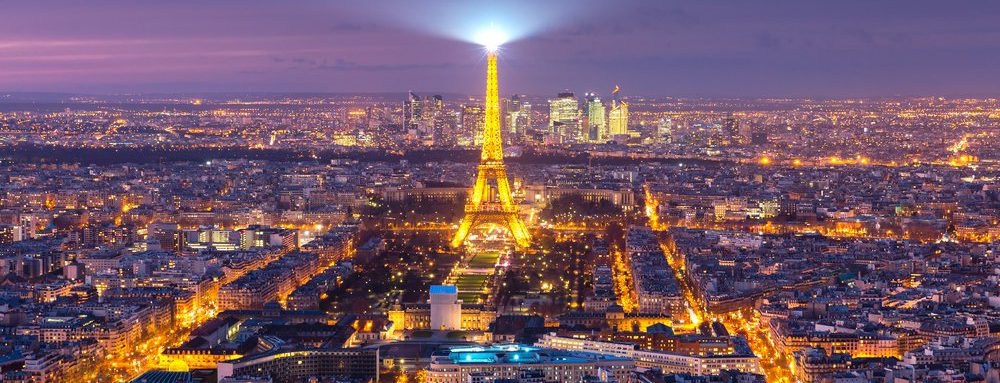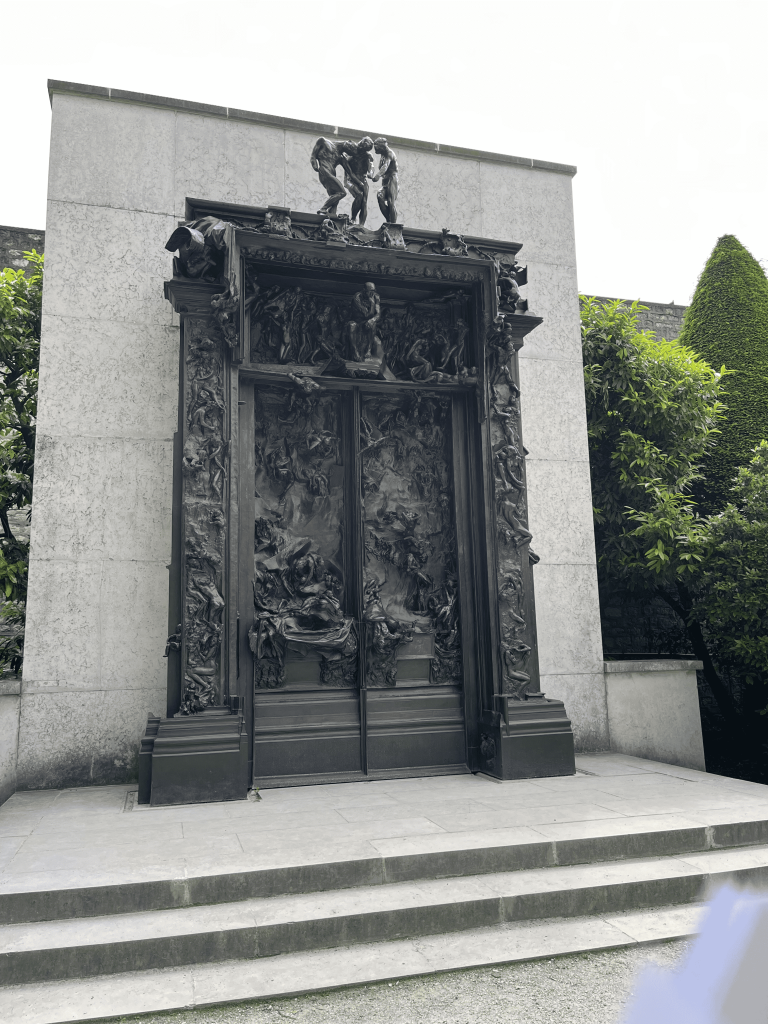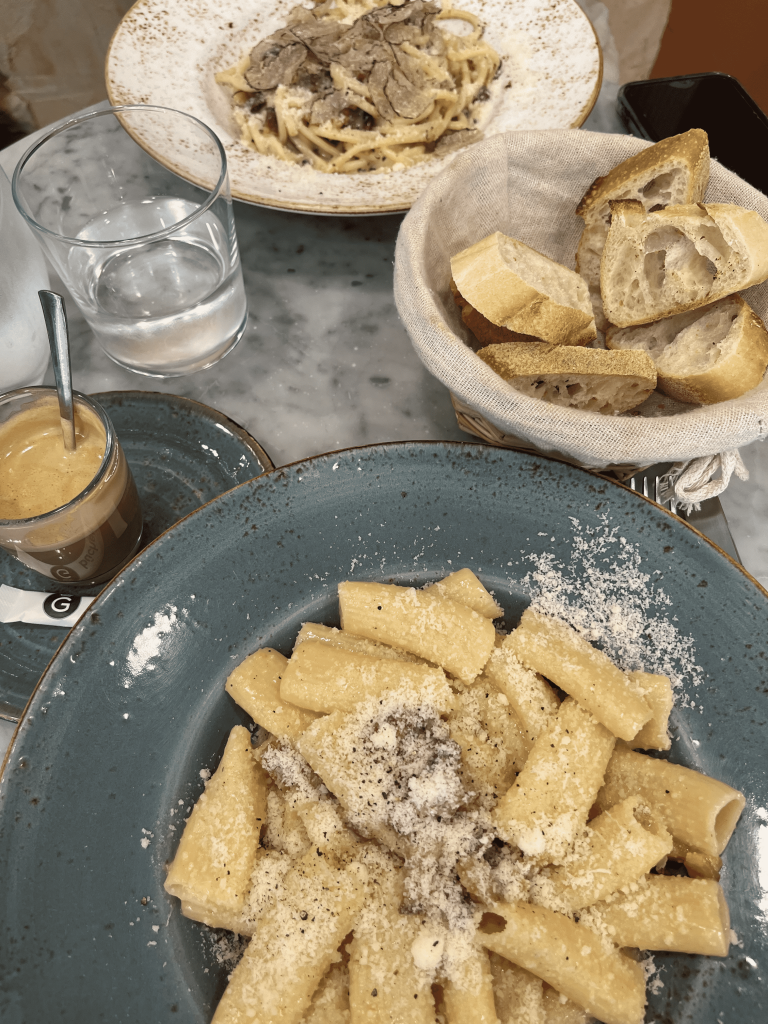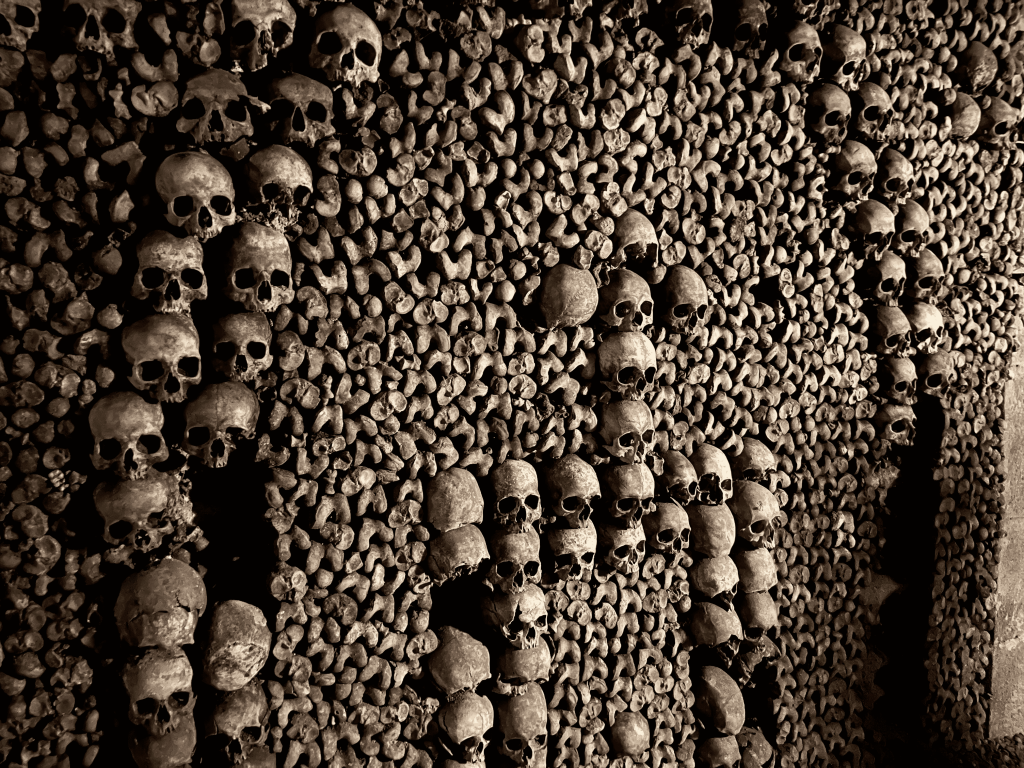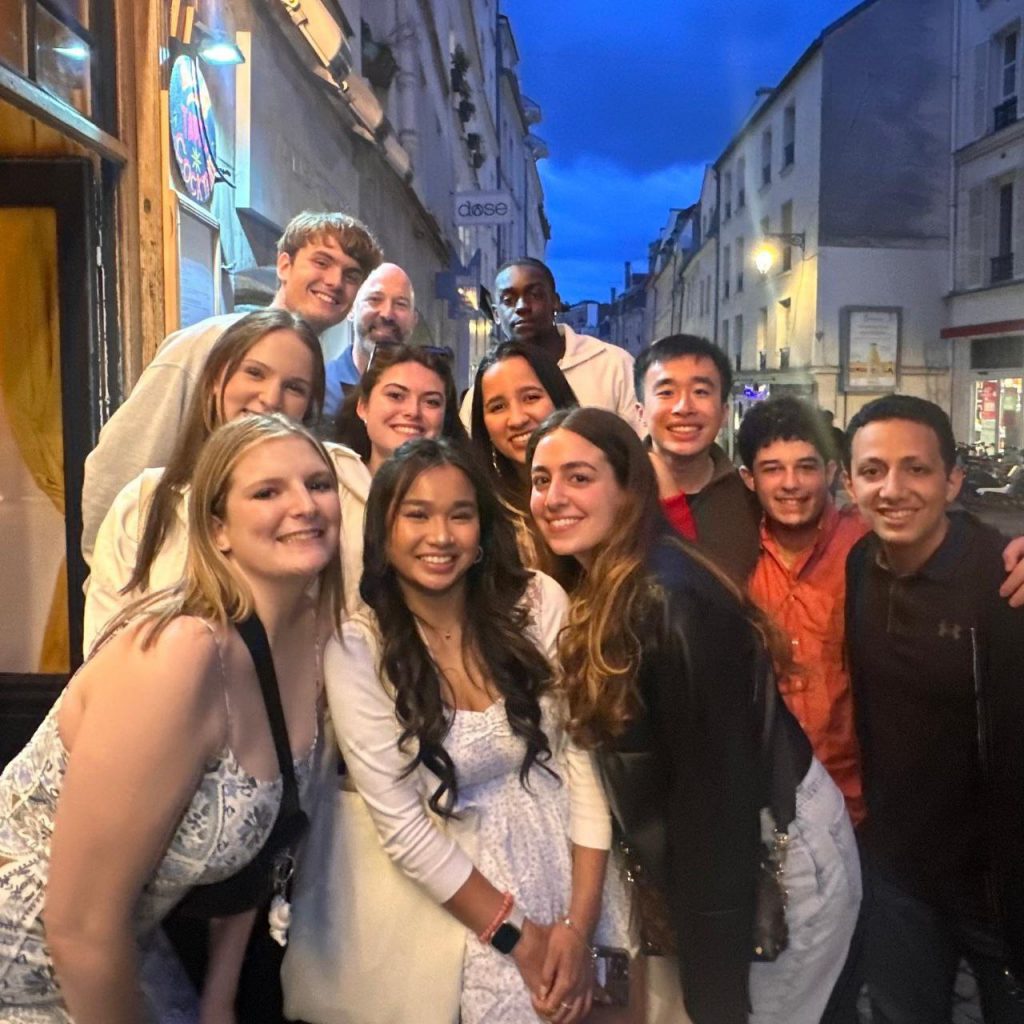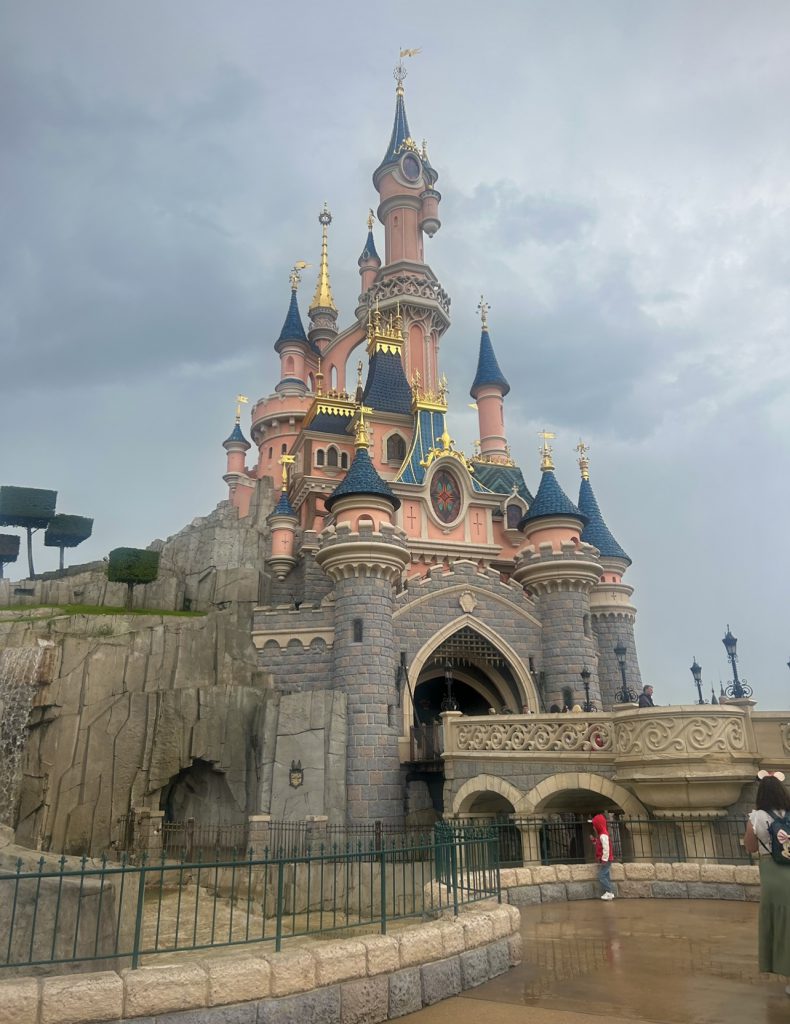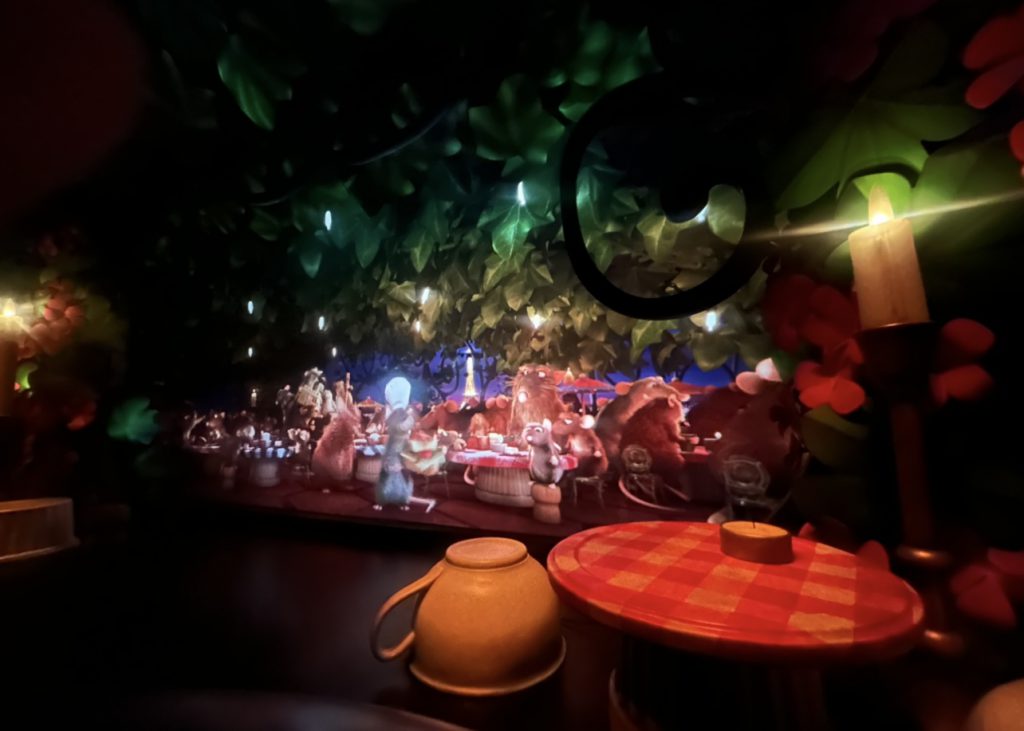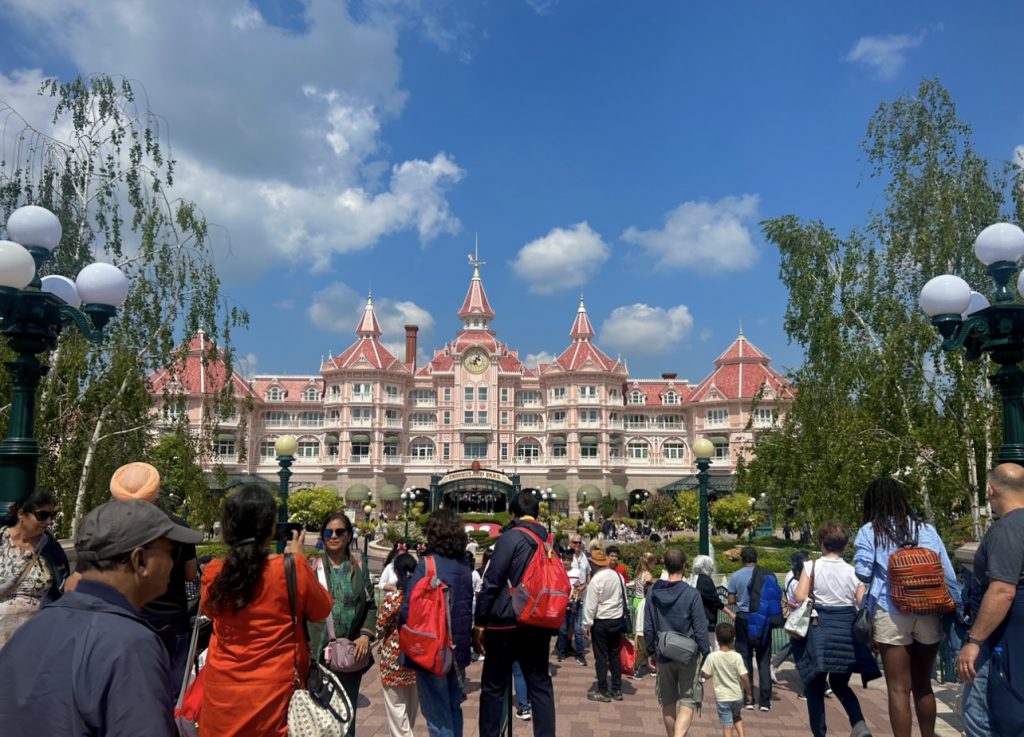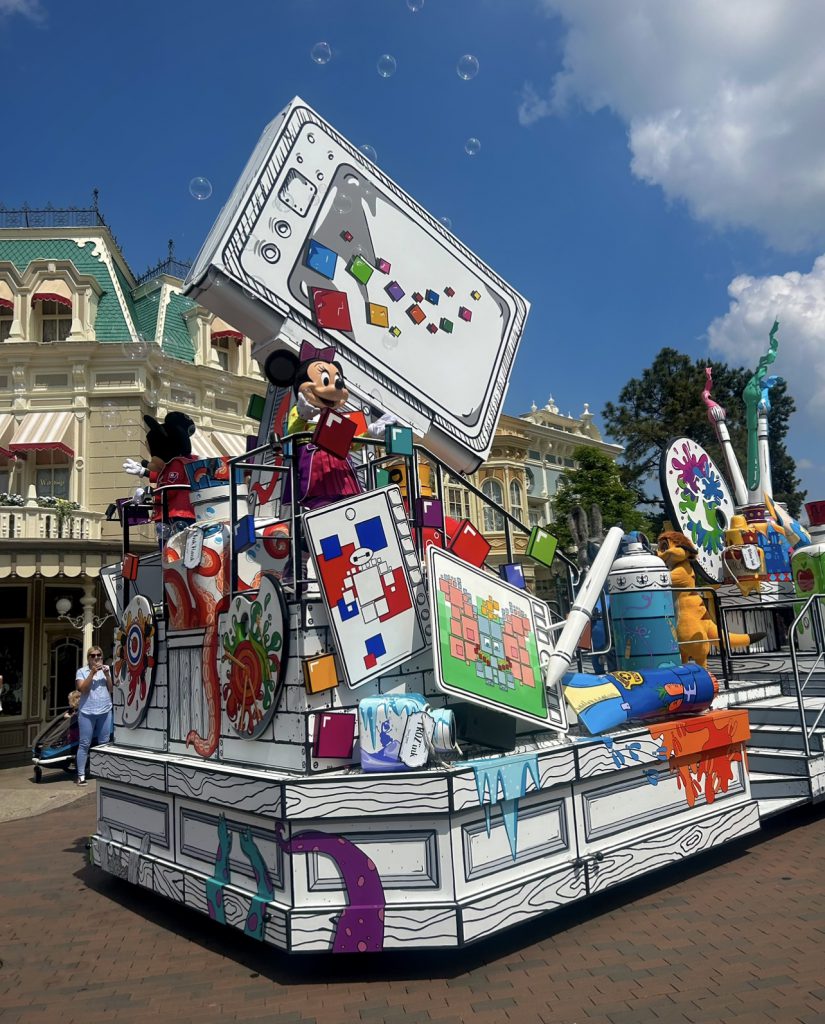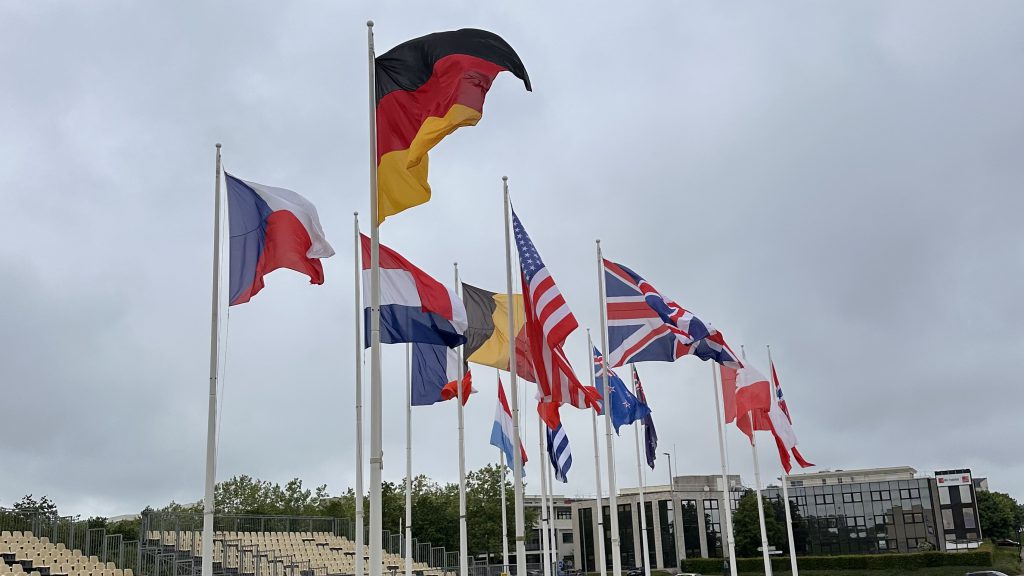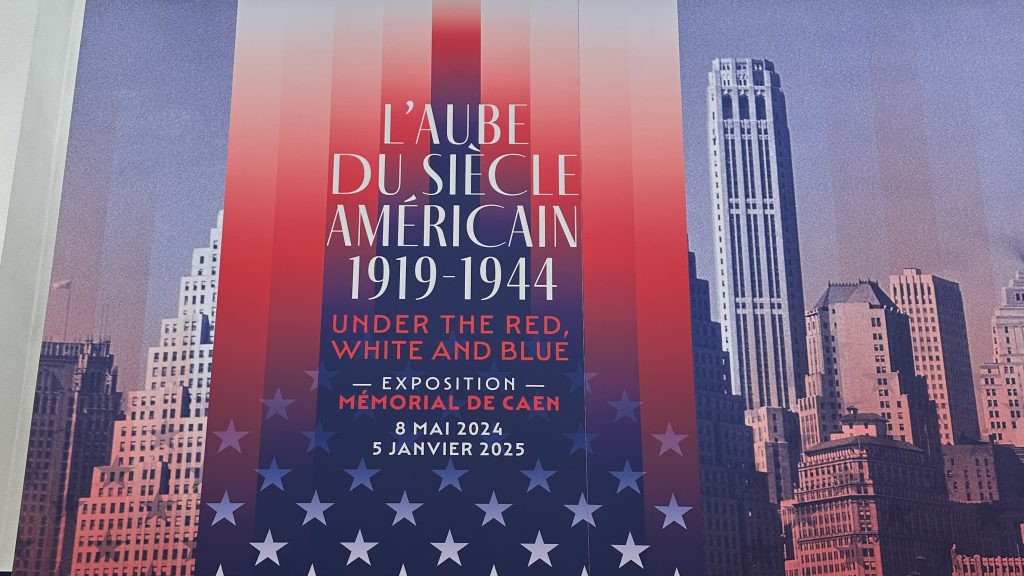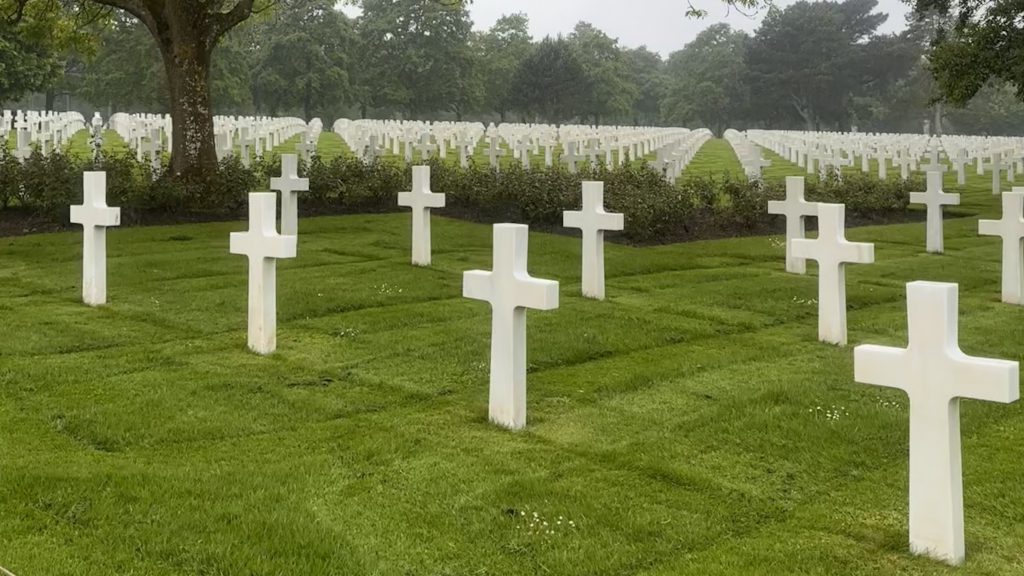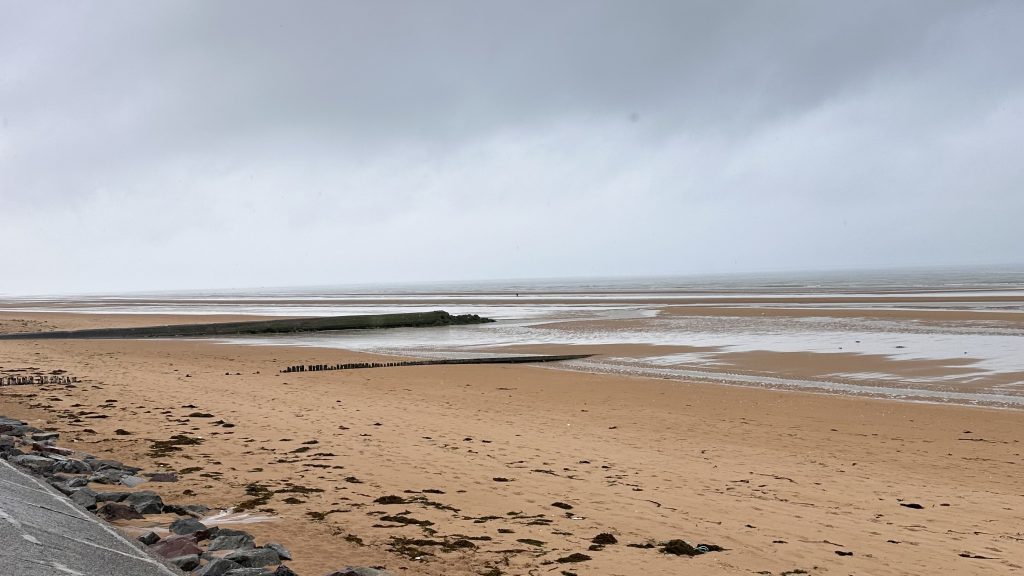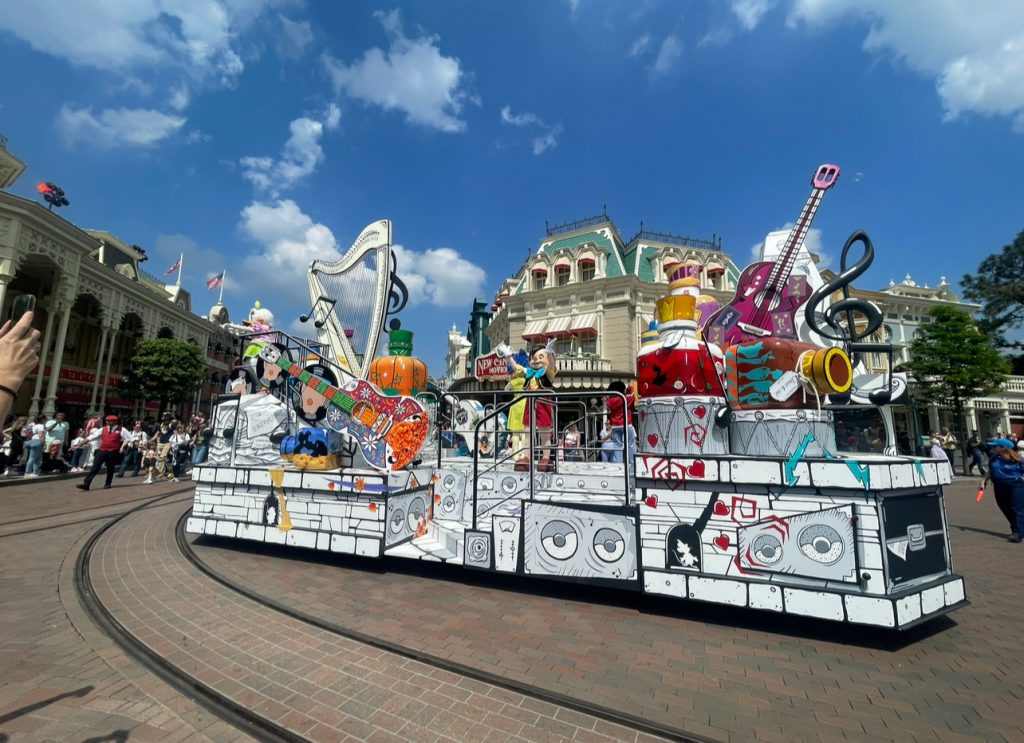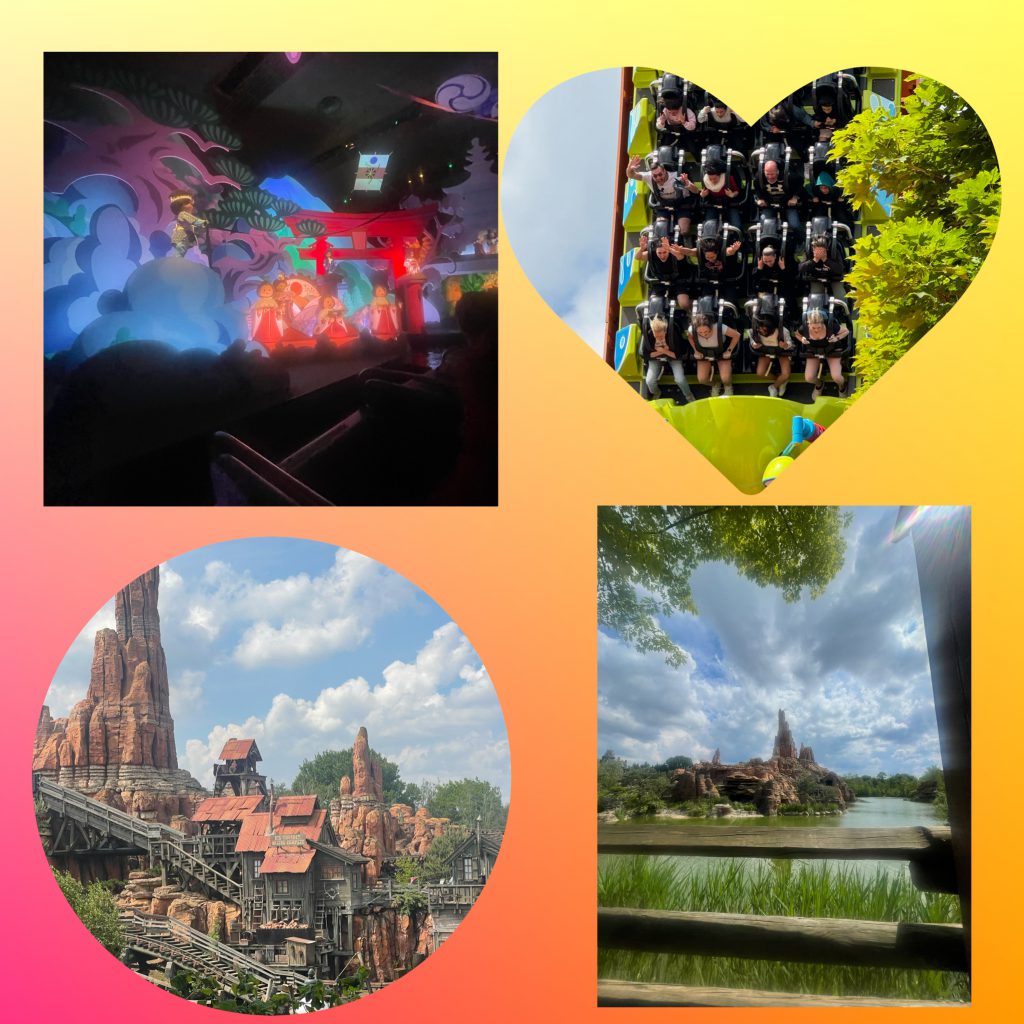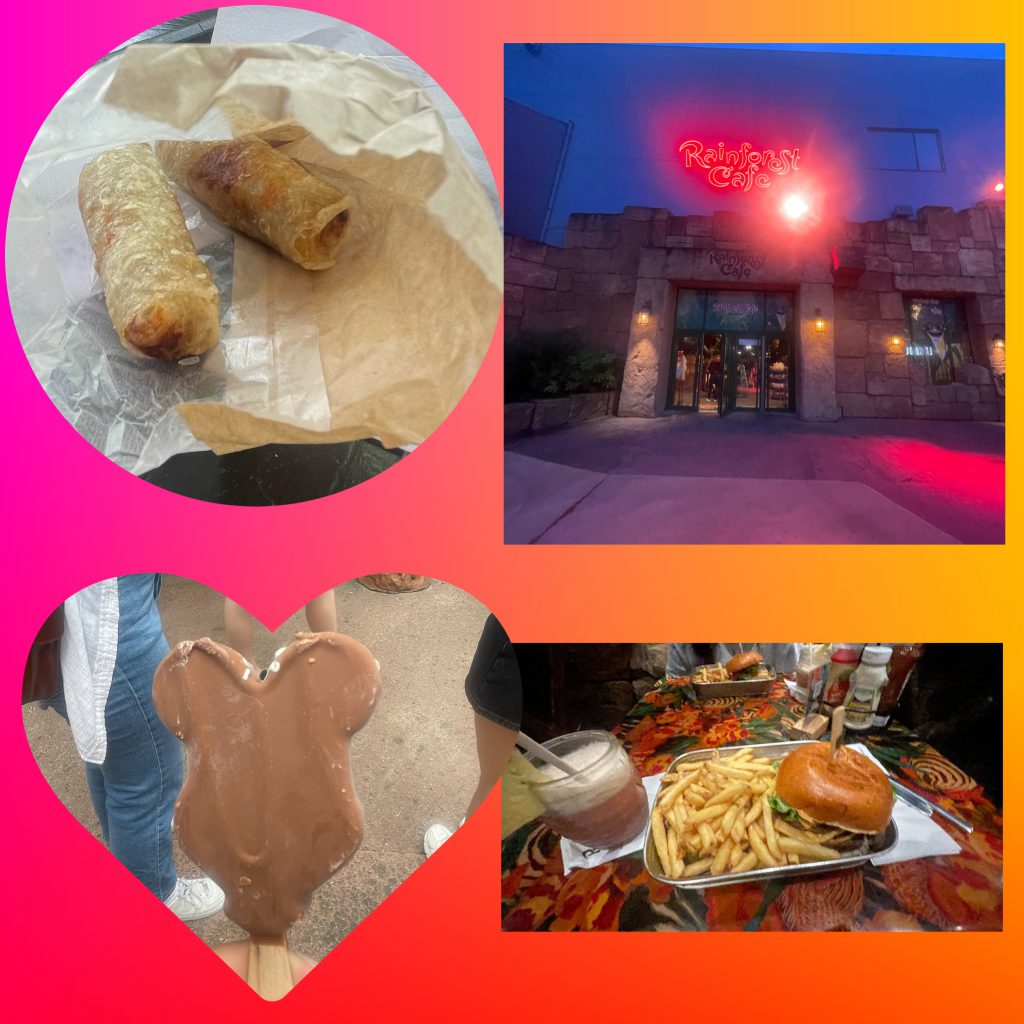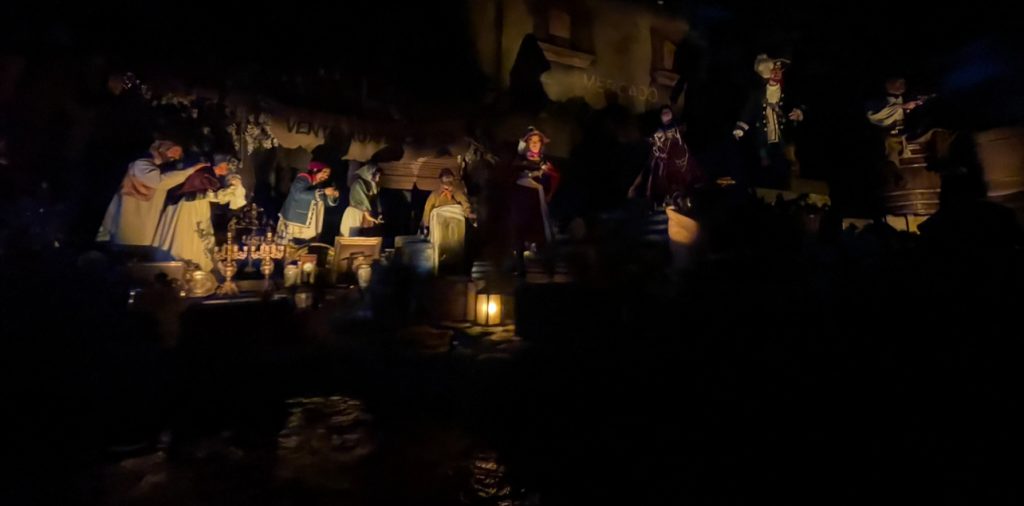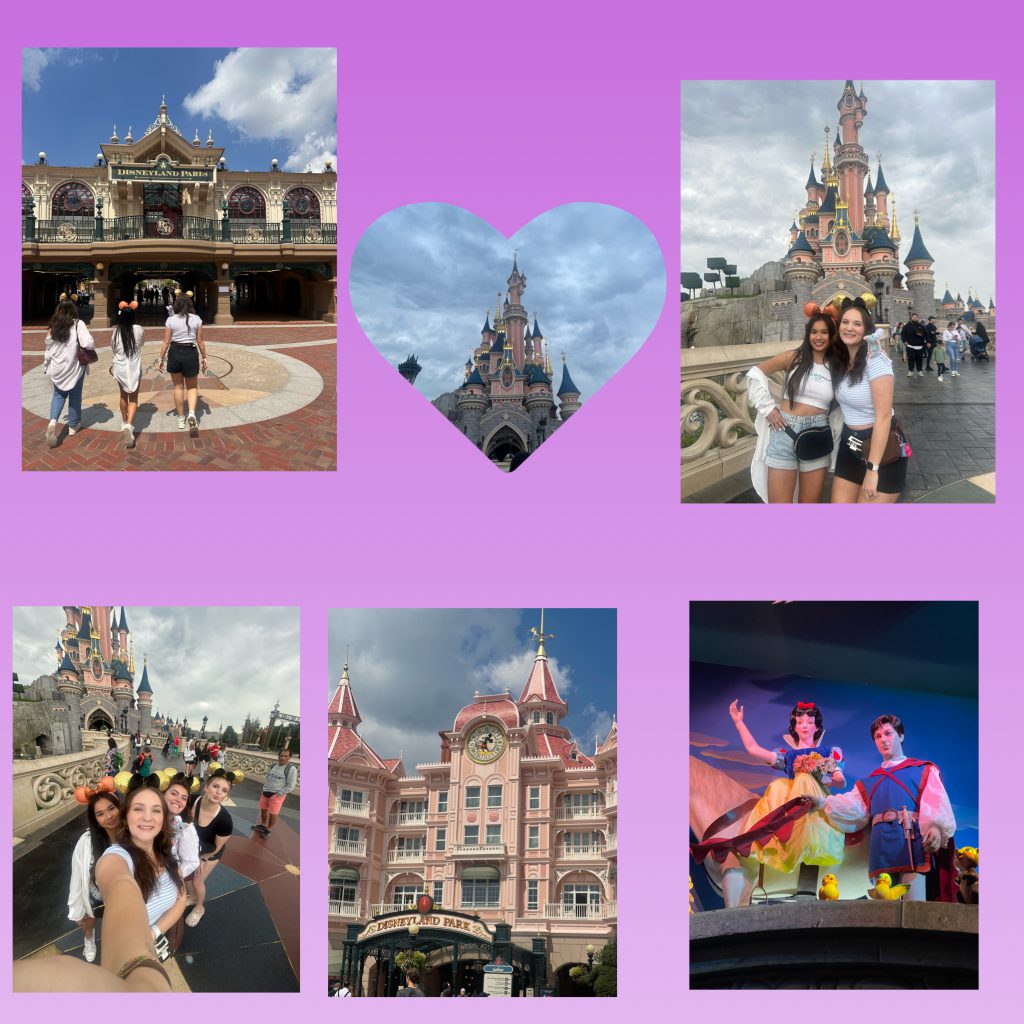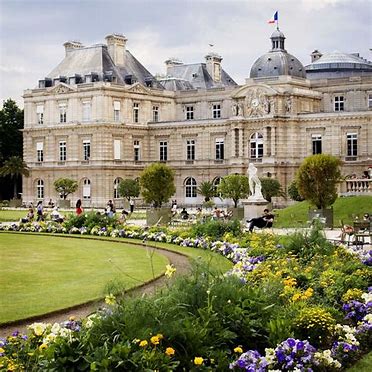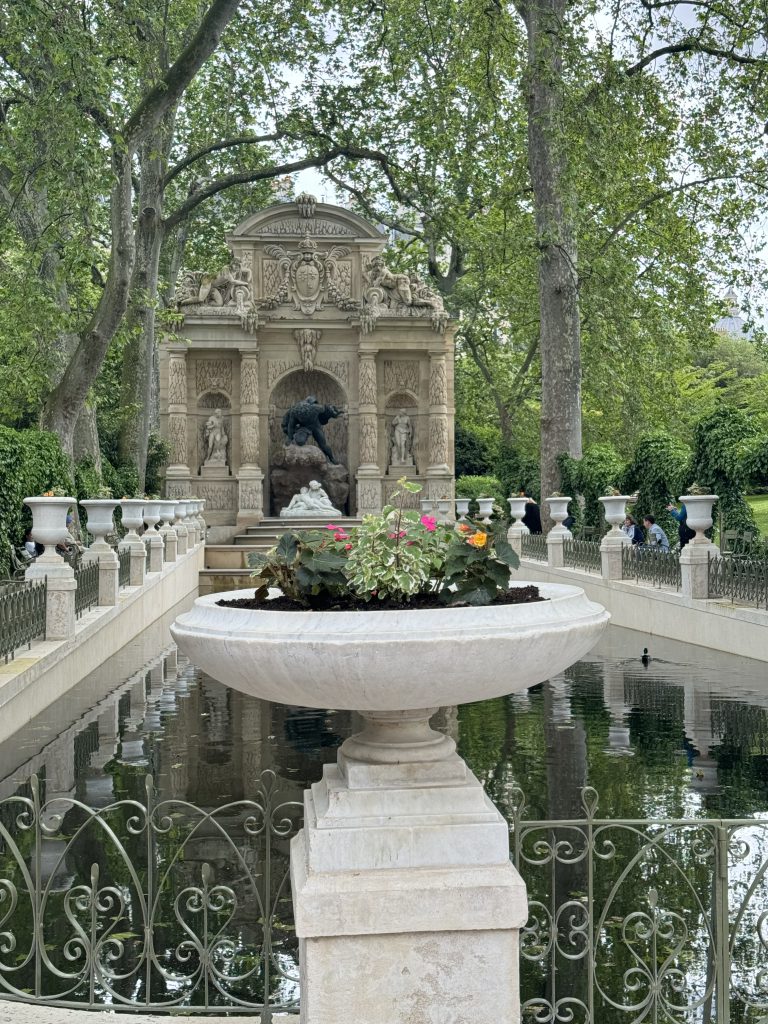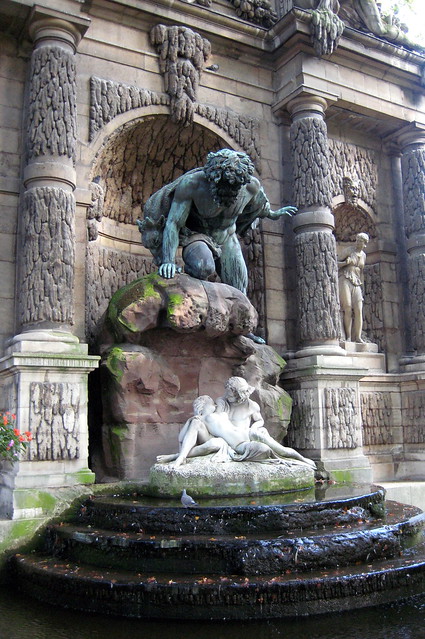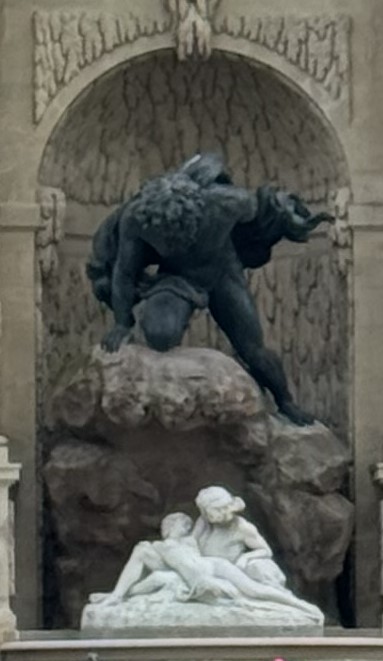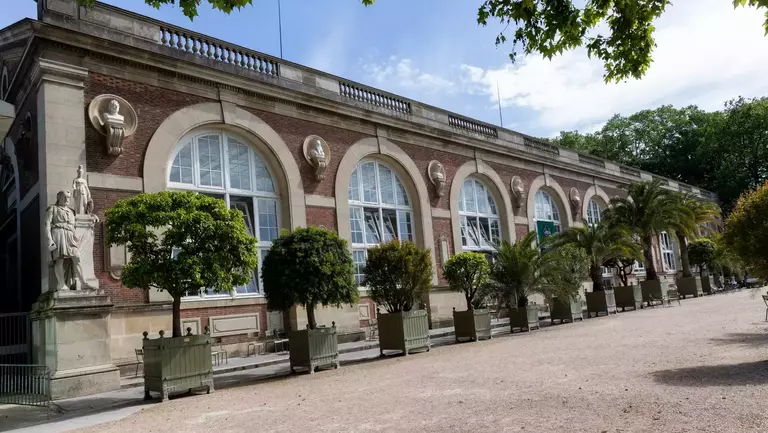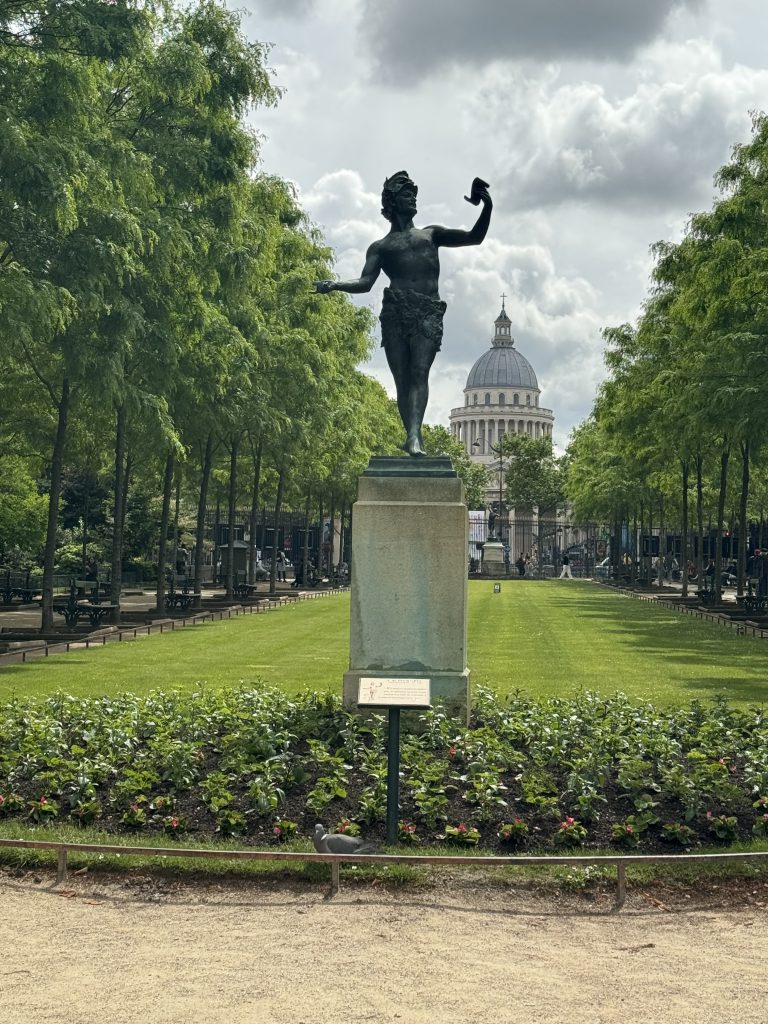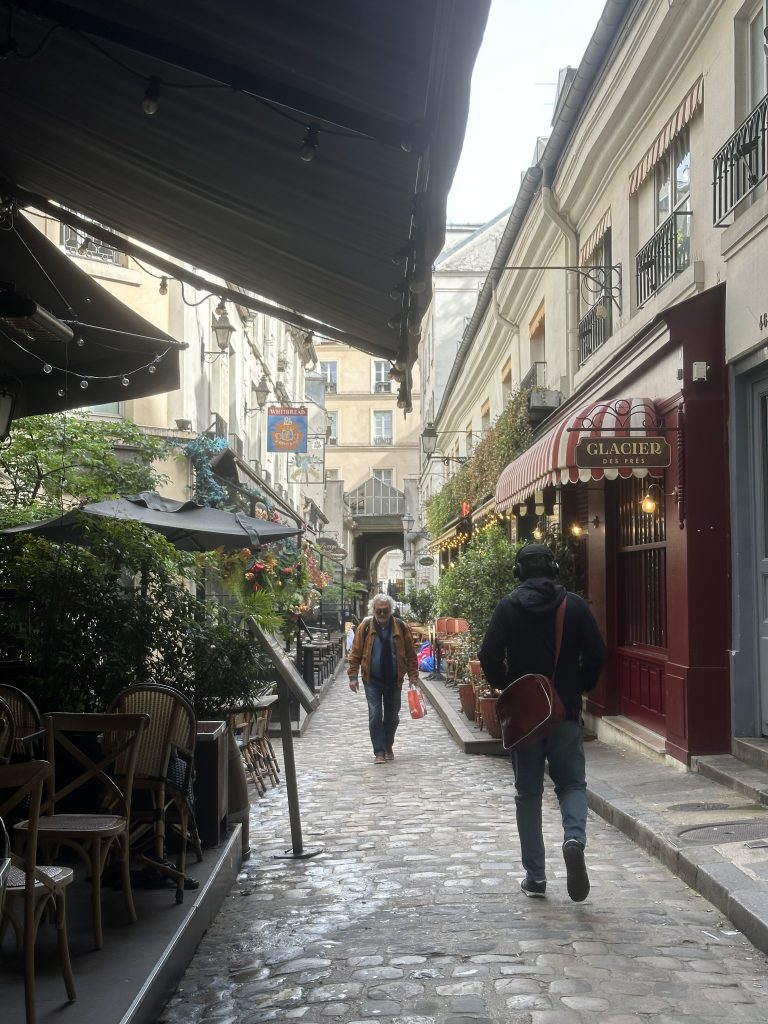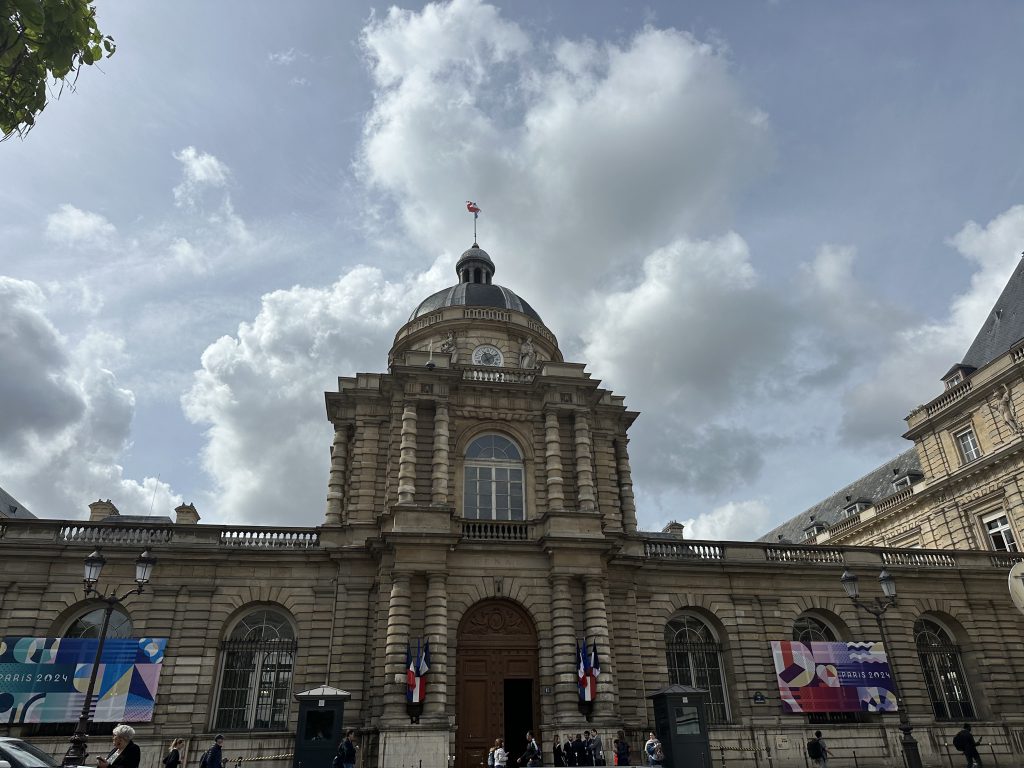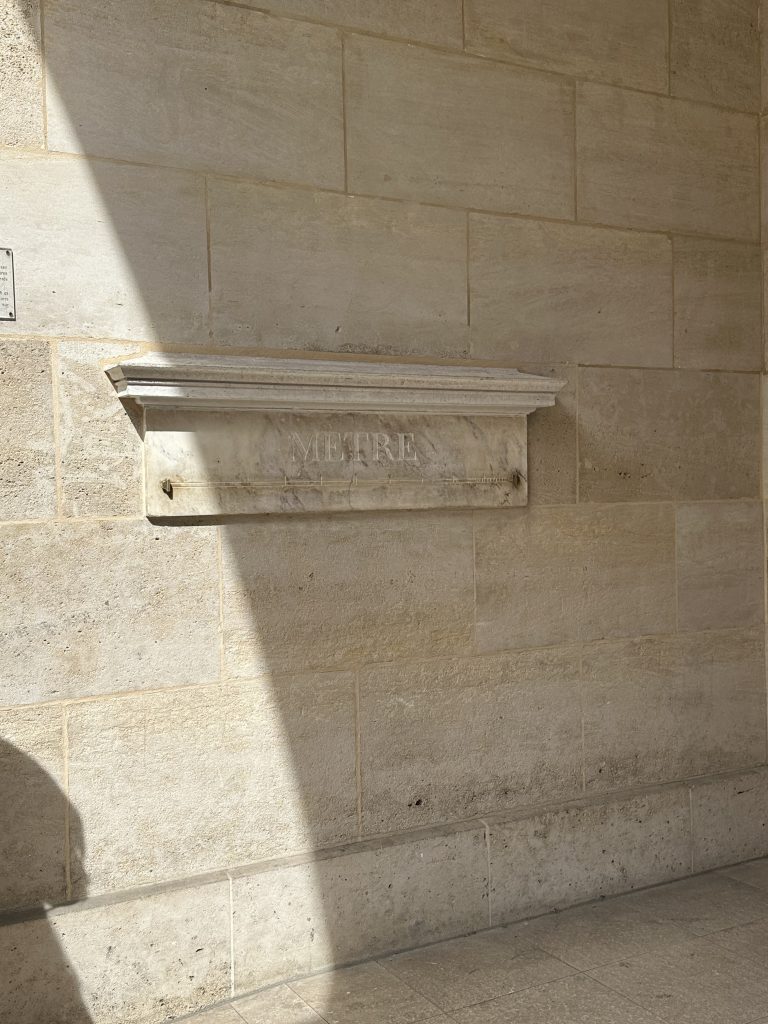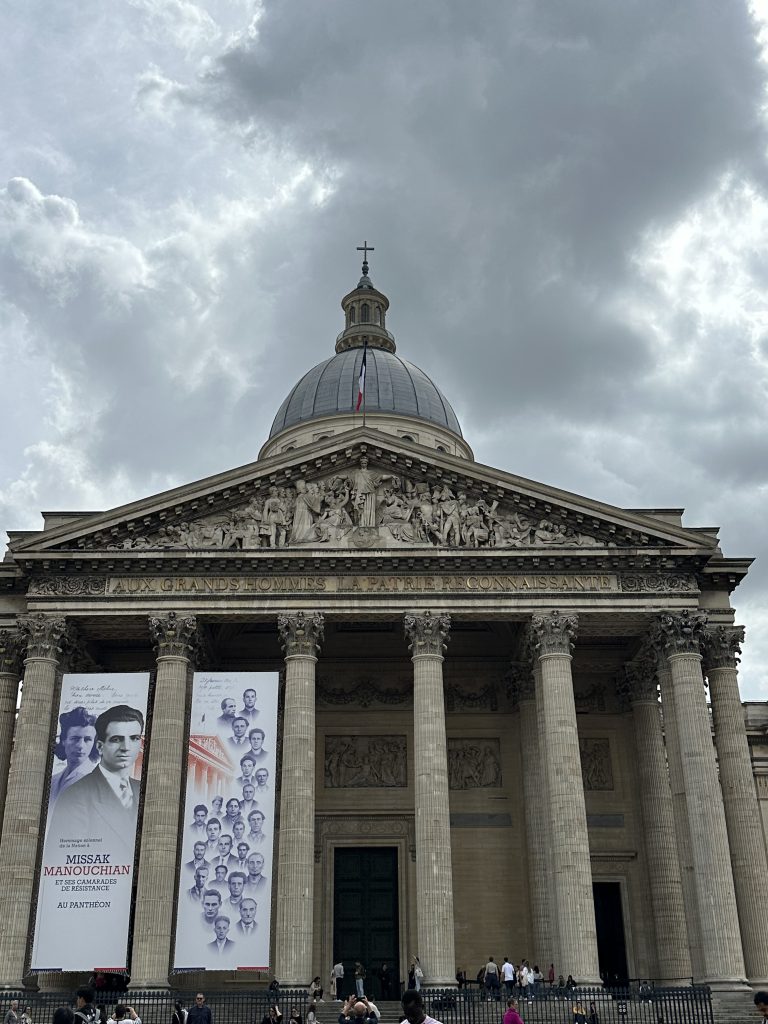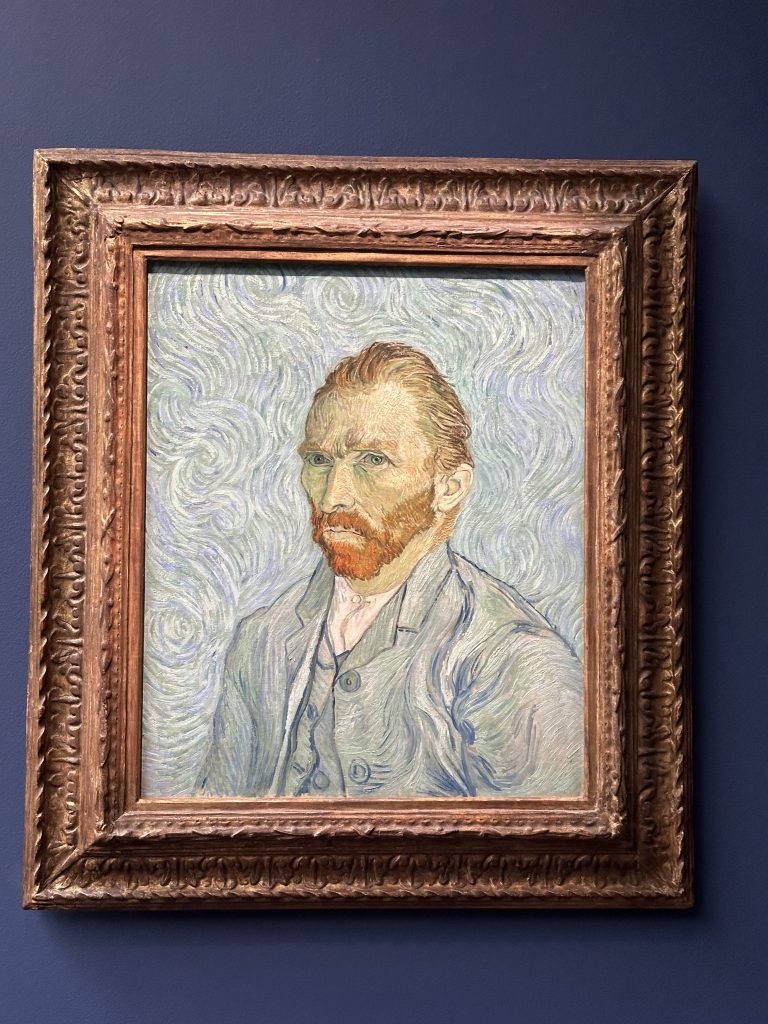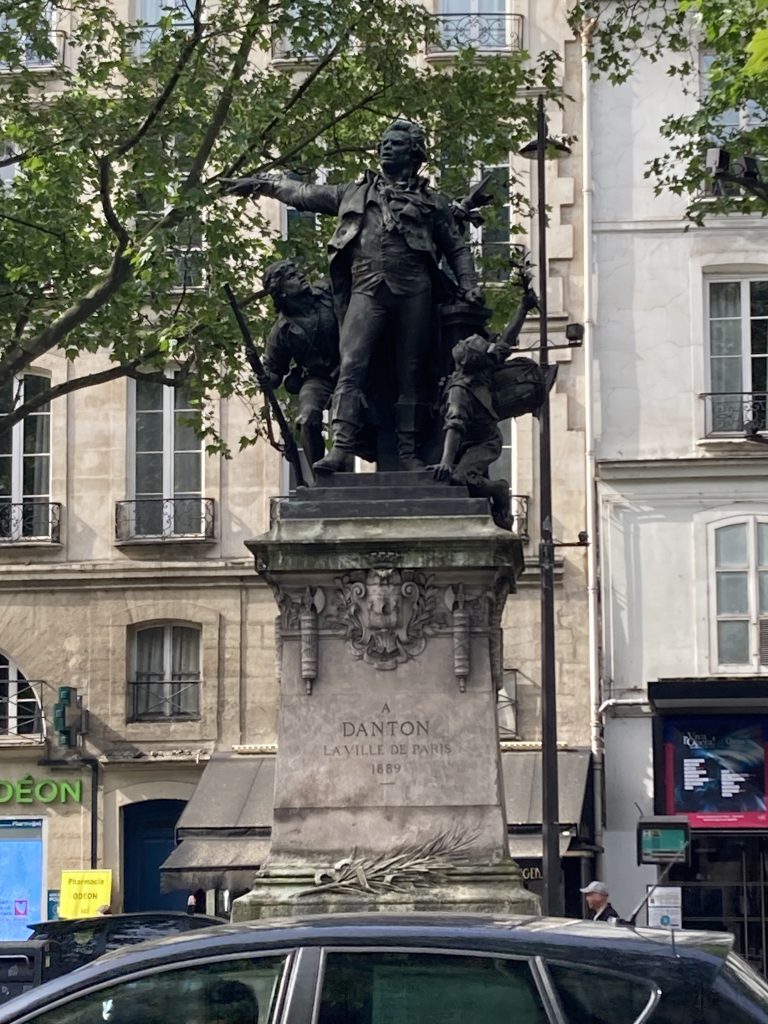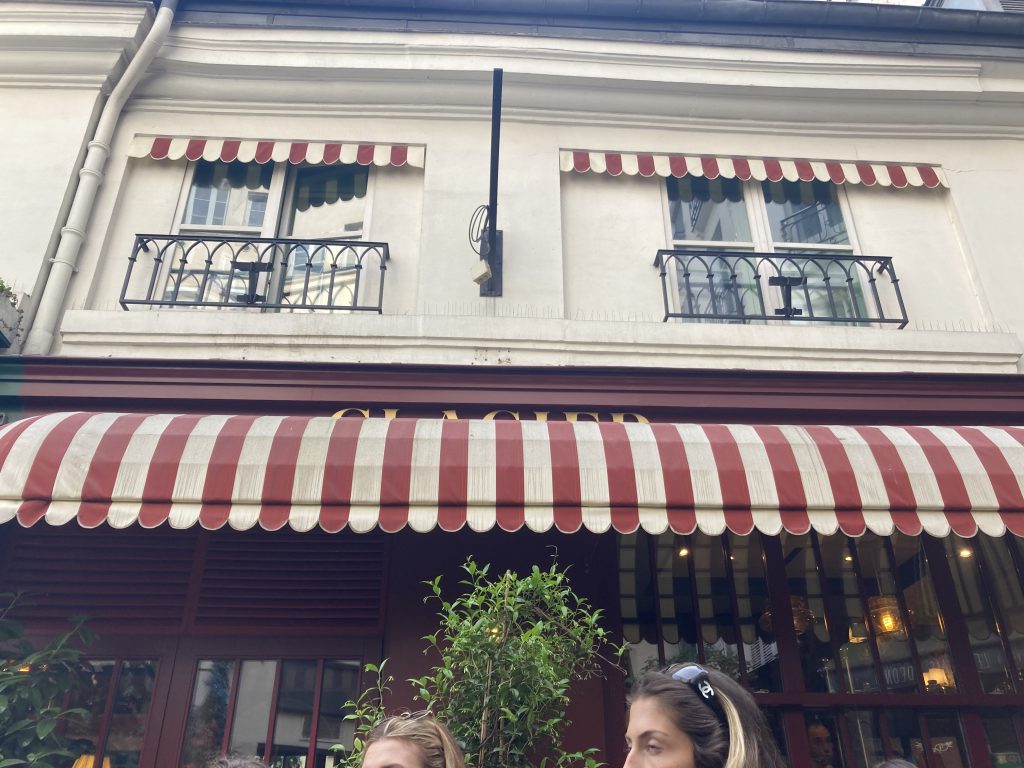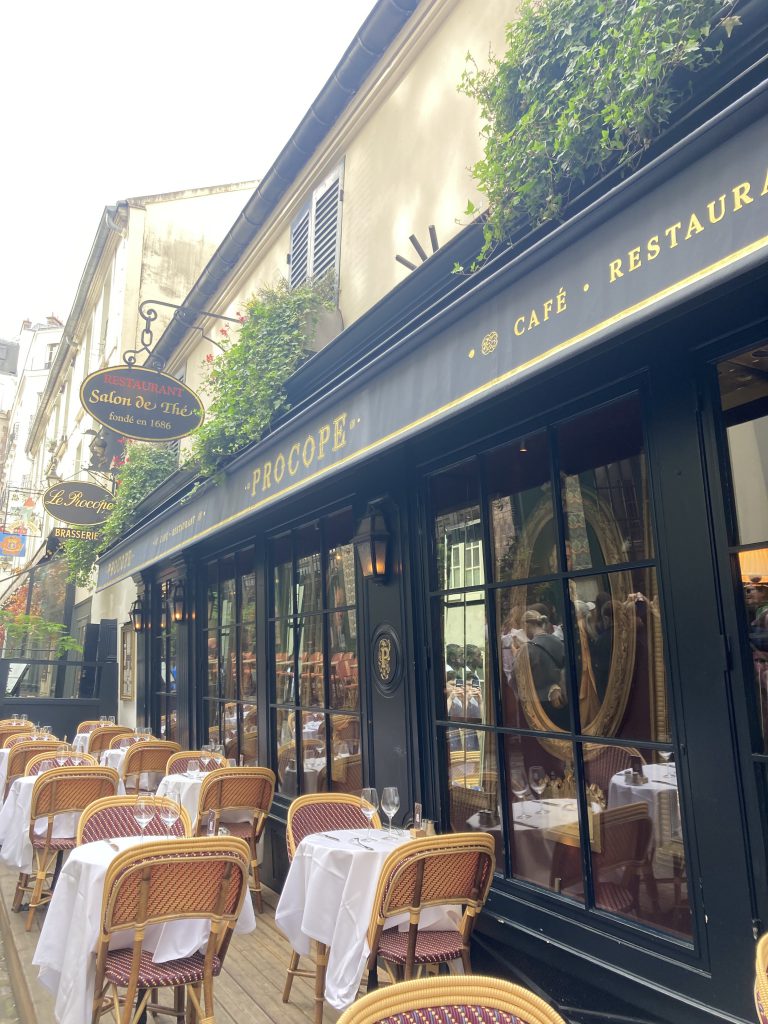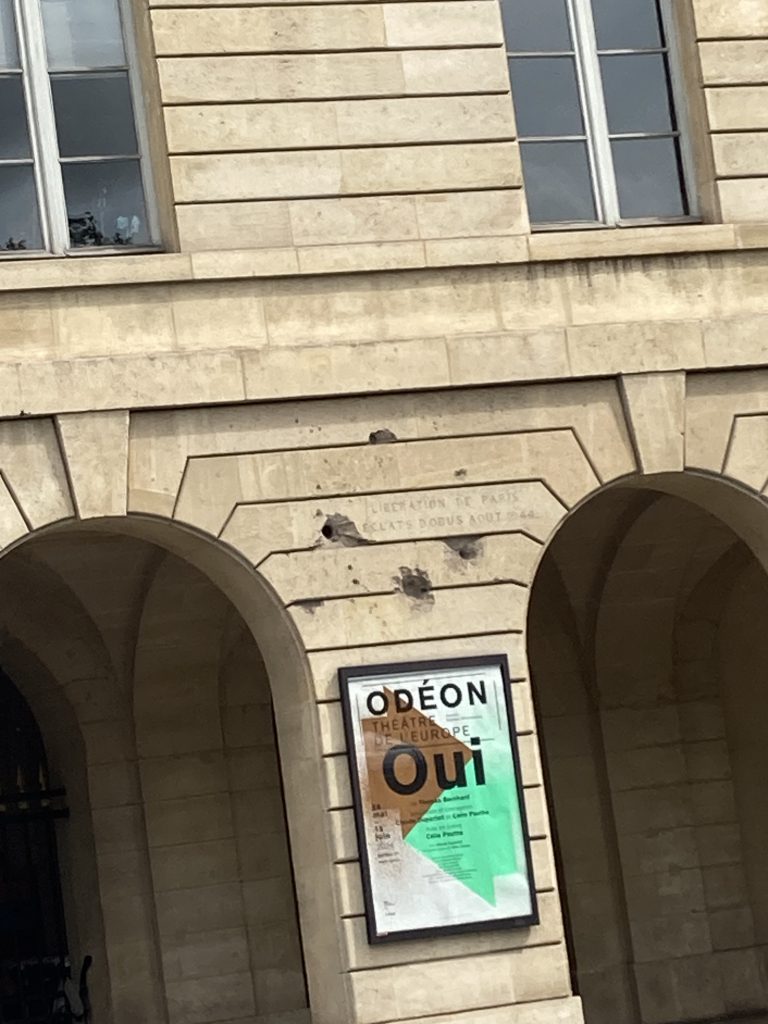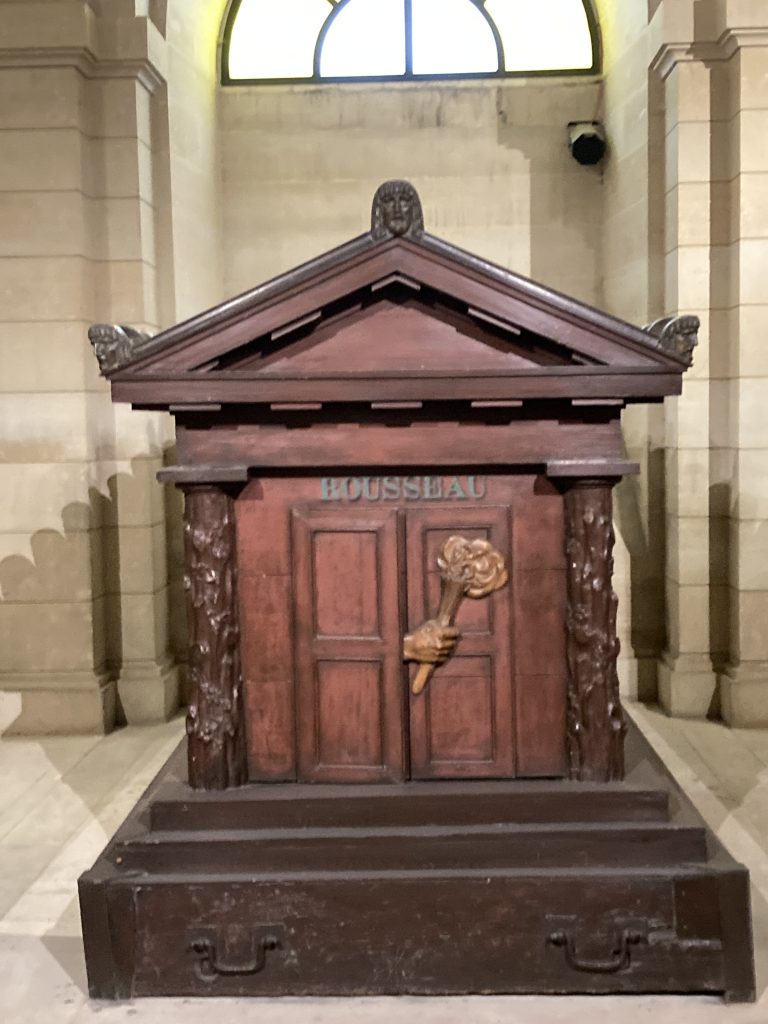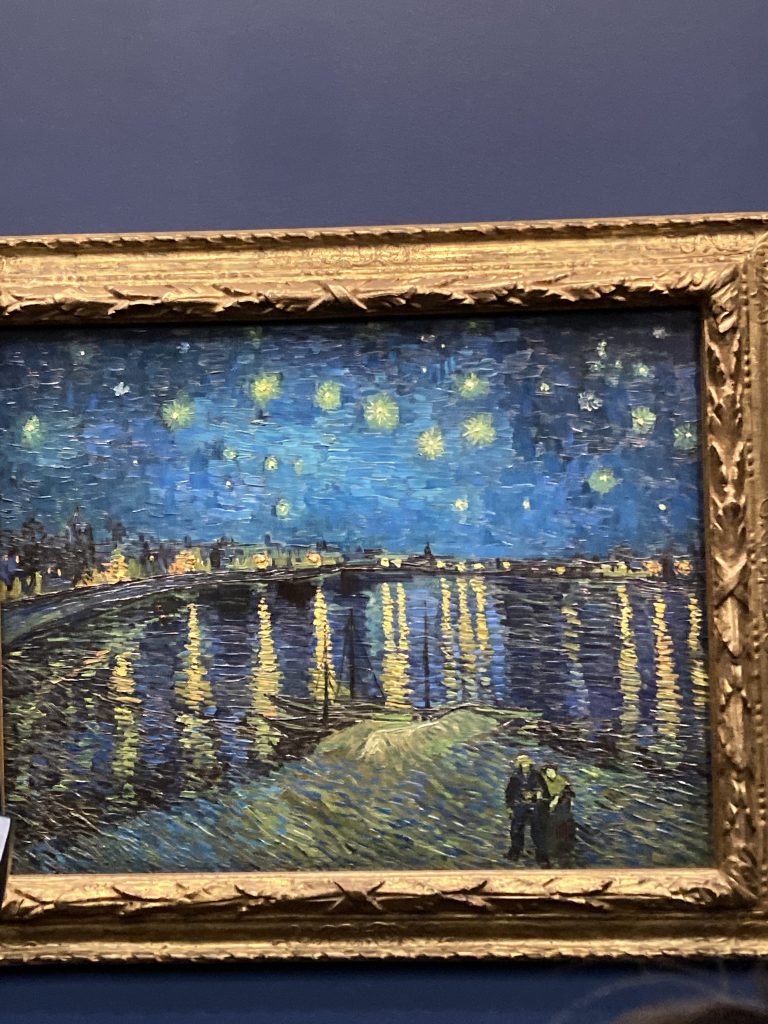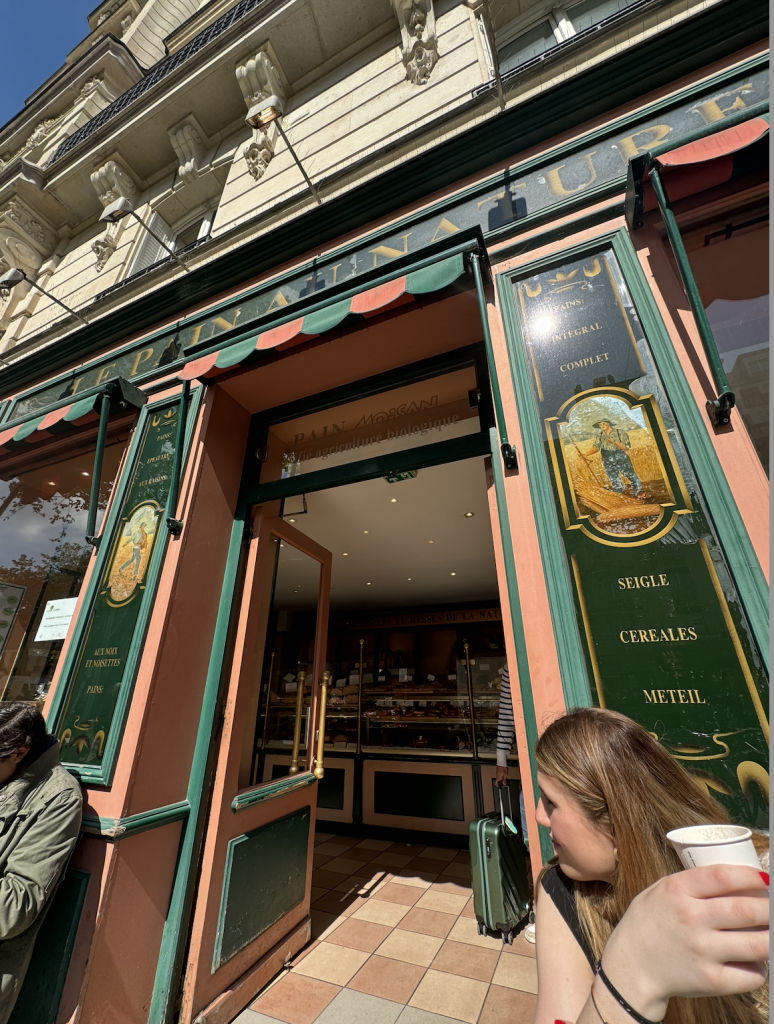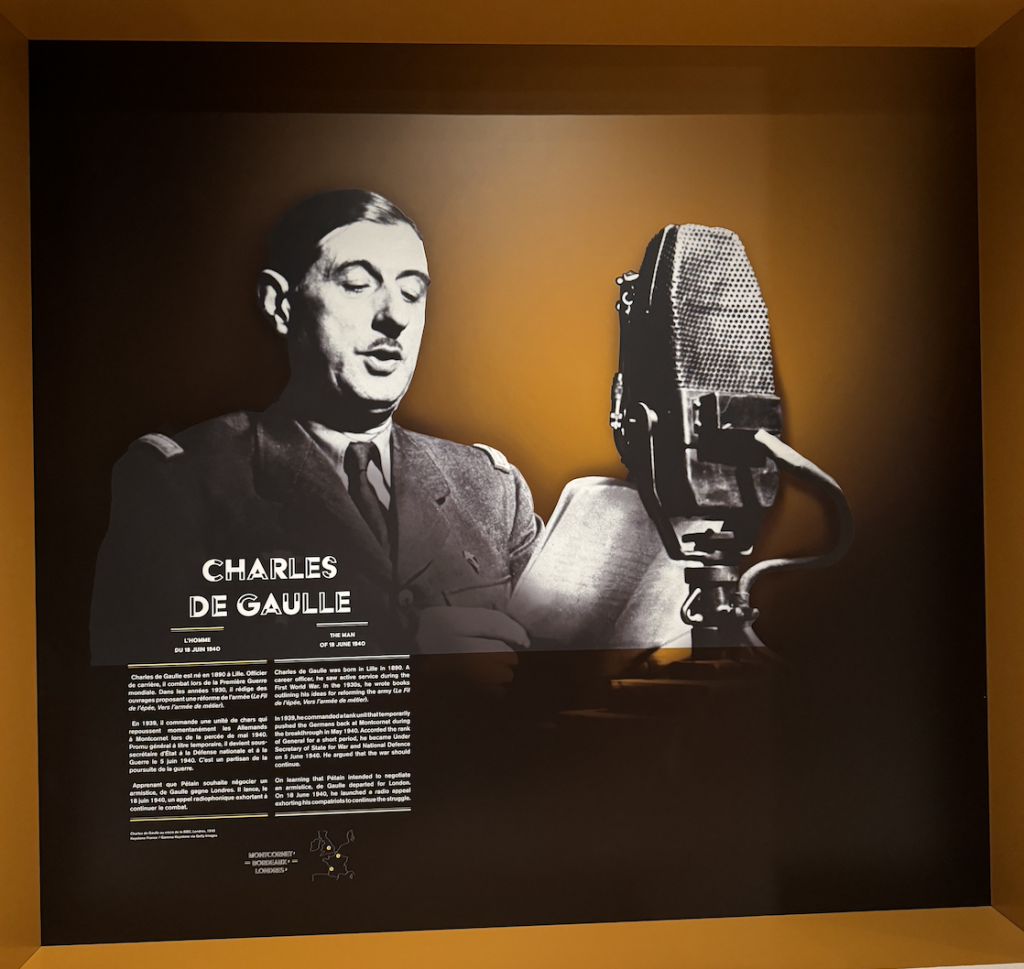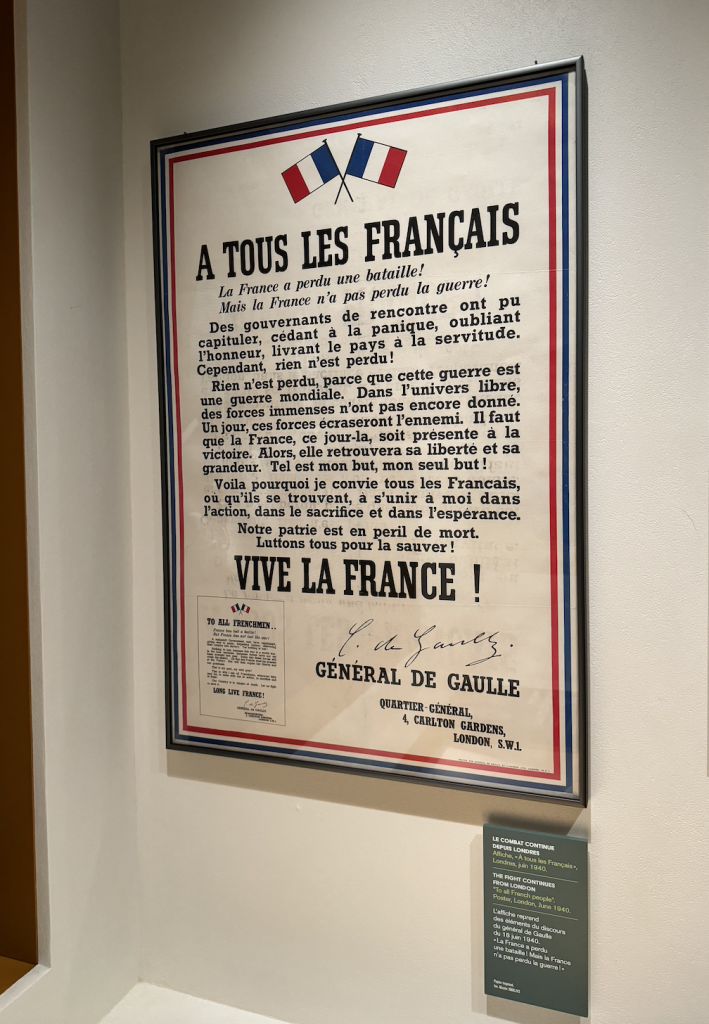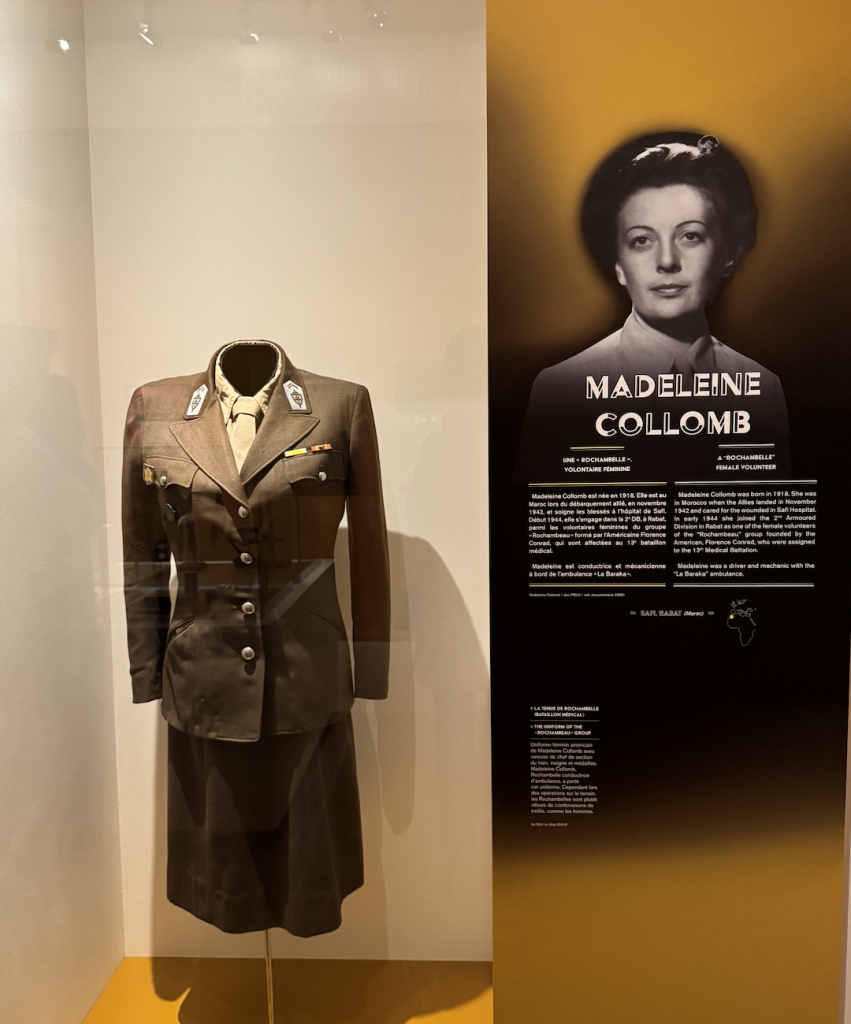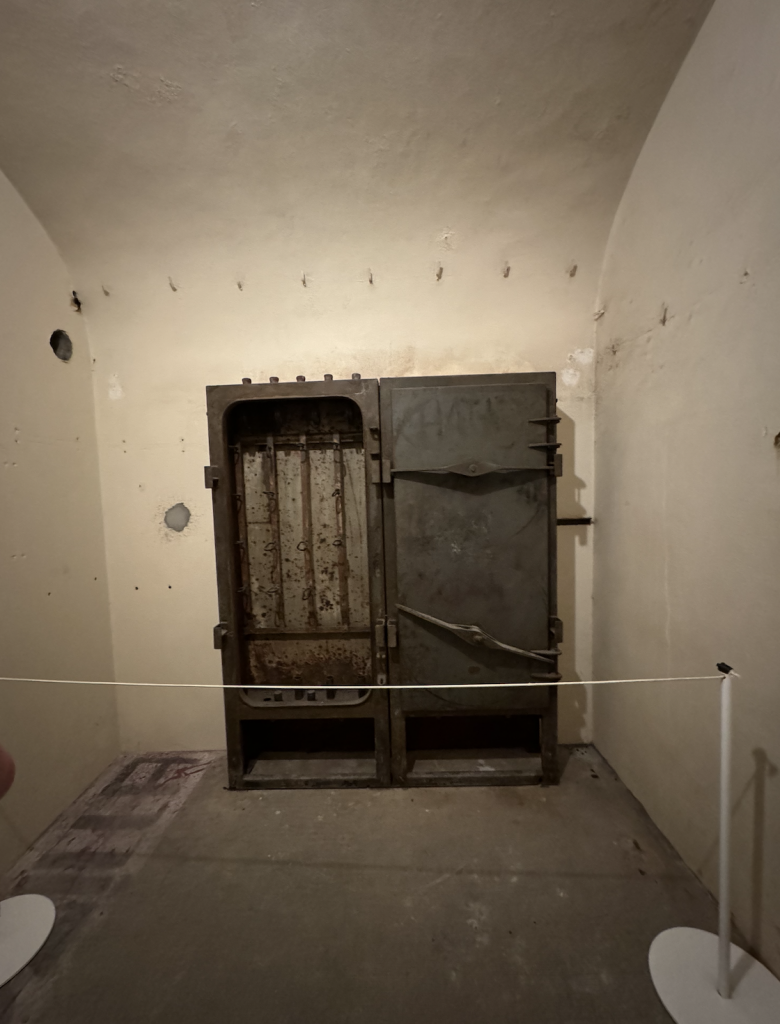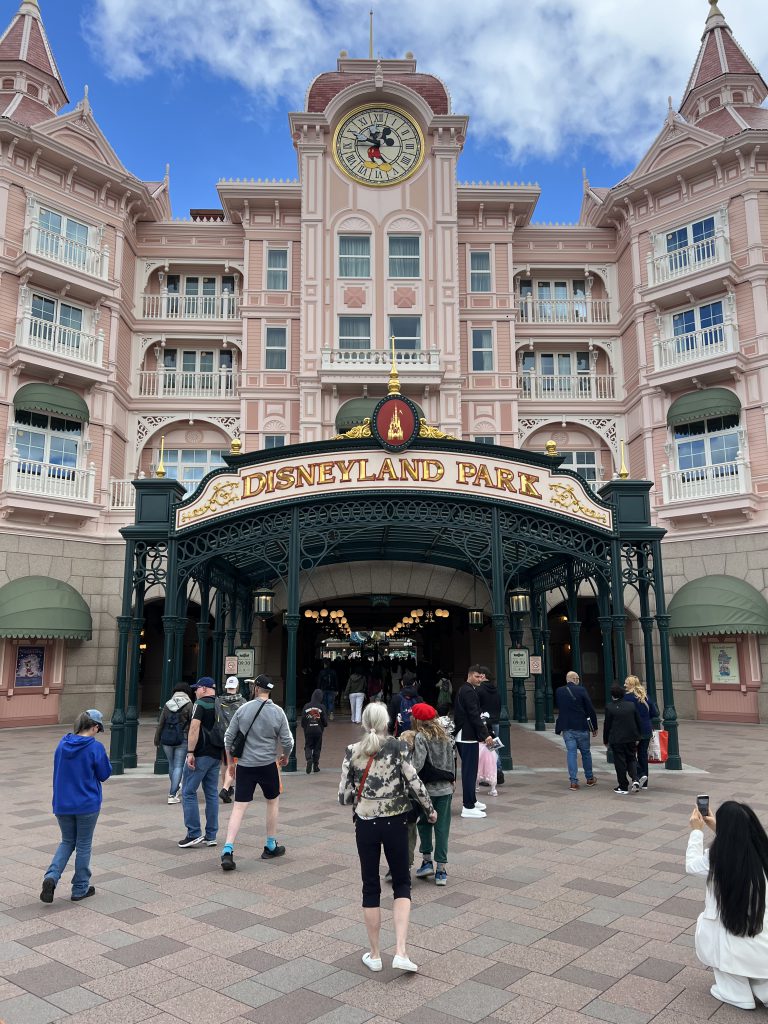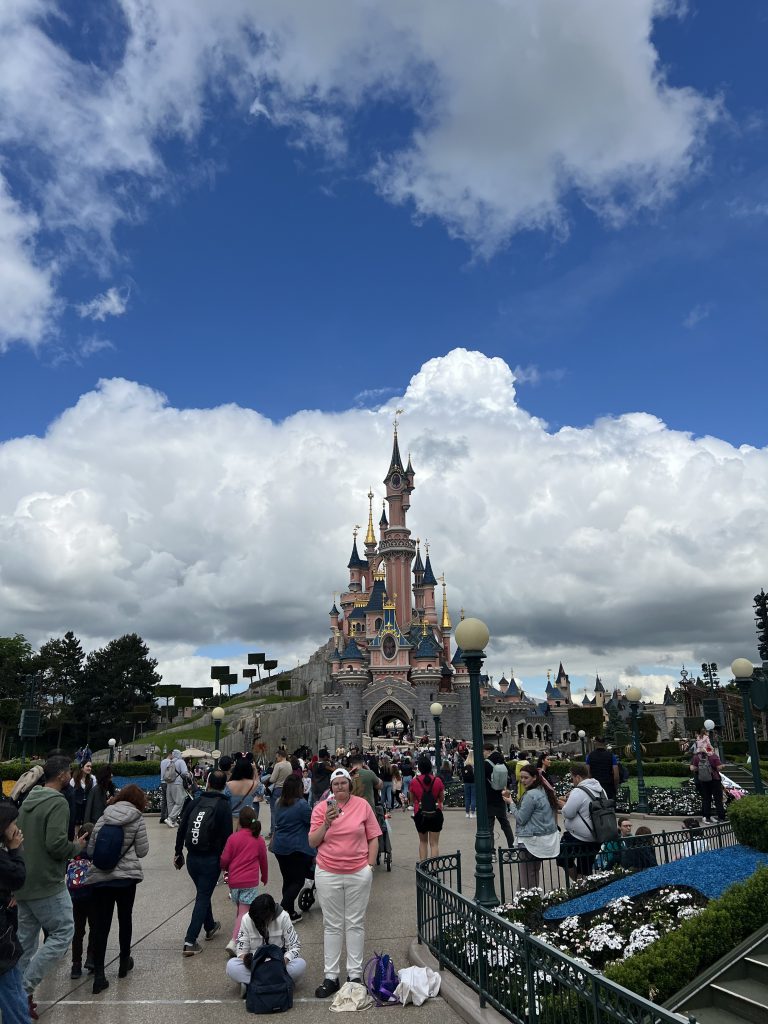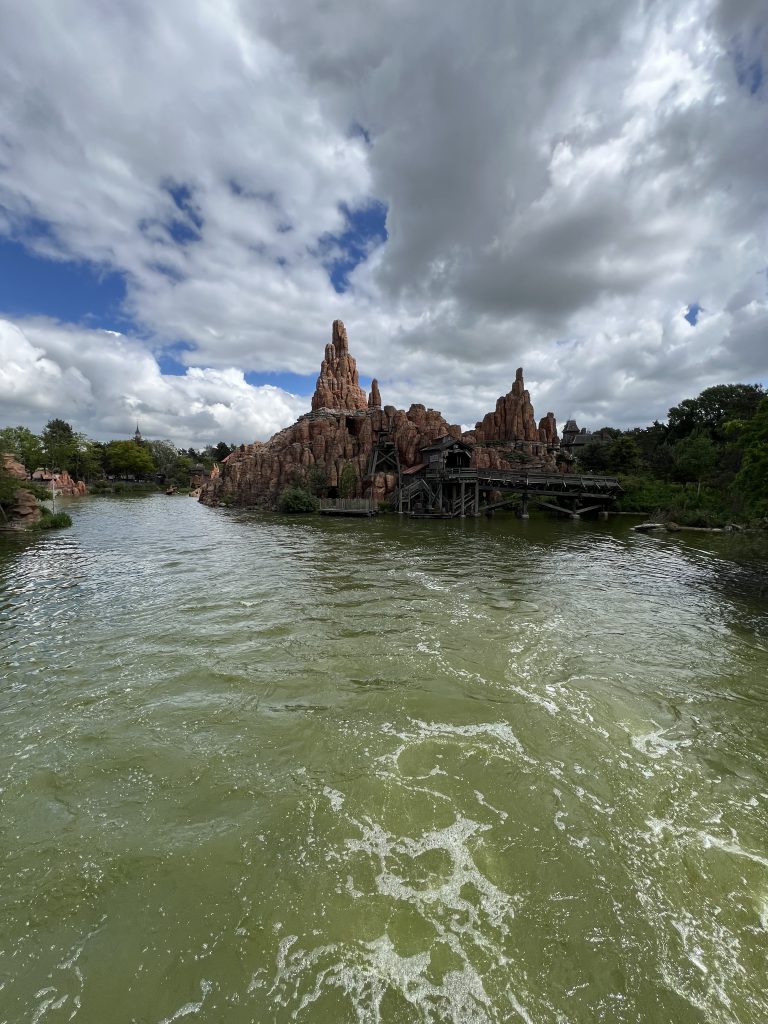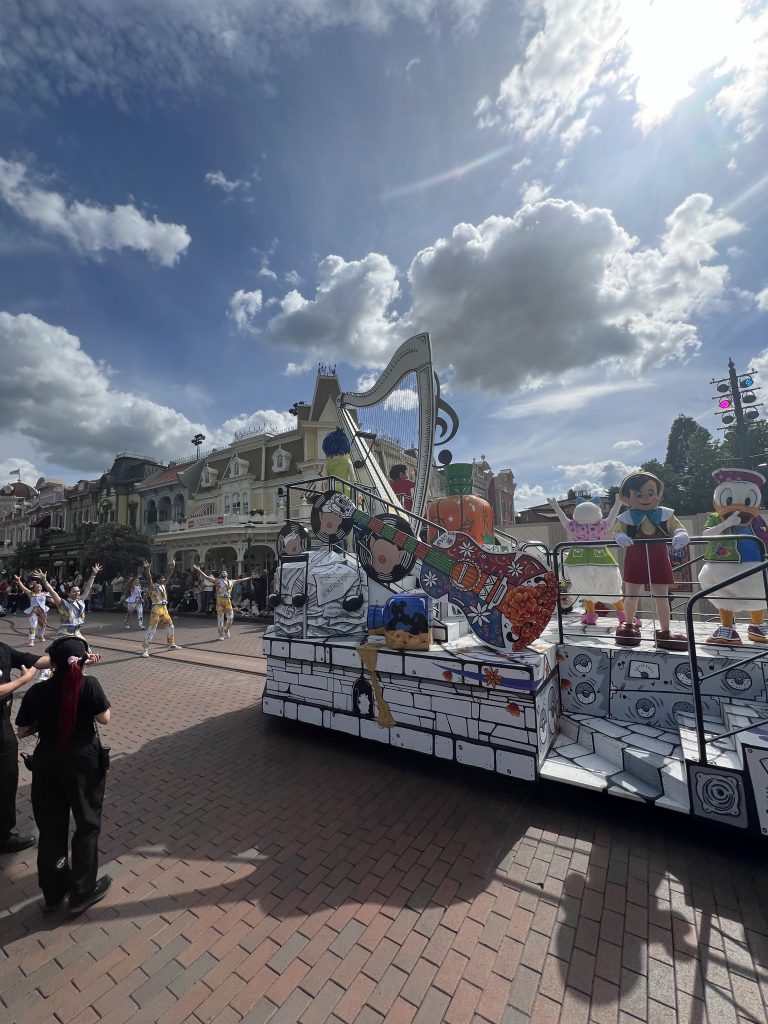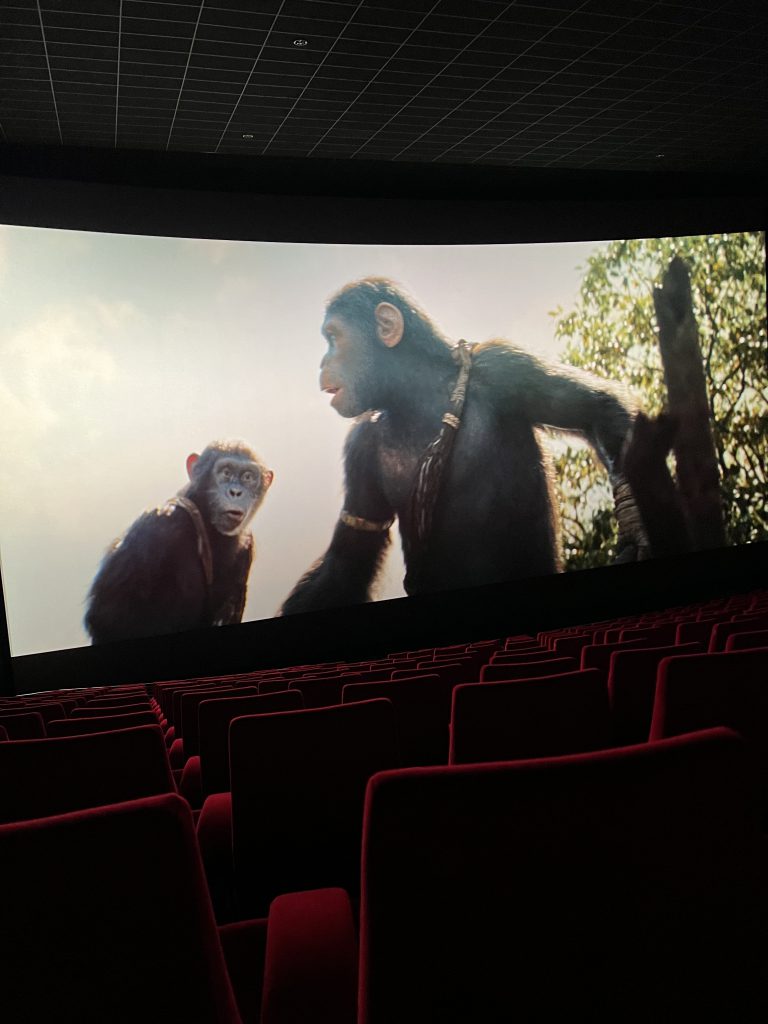During our first week in Paris, I was slowly getting comfortable with not speaking French, being abroad for the first time alone, and trying to enjoy my first week of summer. Personally, I was feeling very shy about the language barrier, as my four years of (basically elementary level) French in middle and high school had completely evaporated from my brain. Luckily, we had a French tour guide, Jeremy, on our travel day, who was also a college student. He eased our nerves on the ride to the hotel from the airport, and over dinner that evening. Jeremy was very helpful in giving us a crash course in French culture that set a solid foundation for the next two weeks.
While in our first week, there was simultaneously what felt like no free time and so much free time. I think the biggest cultural difference for me was time. It was not dark out until 10PM most nights in Paris, which made for later nights and later mornings. The days felt long and were filled with lots of activity, both planned through our curriculum and our own personal plans. We visited a handful of museums, such as the Louvre and Orsay Museum and participated in walking tours centered around Ernest Heminway and American revolutionaries in Paris.
We did so much walking, not just during the first week but during the whole trip. As a civil engineering major, this was fascinating to me to see the differences in transit in Paris. Being able to get anywhere within Paris from where we were staying (just outside of Paris) took no less than forty minutes total. The trains were quick, efficient, and sometimes autonomous.
The museums in Paris were incredible. It was so interesting to see the character in each museum we visited. Although both art museums, the Louvre and Orsay Museum differed so much. The Orsay Museum was my personal favorite since it focused on a short time period, 1848-1914, and a smaller number of artists. I enjoyed being able to see the visible shift in art styles over the time period, and over the course of each artists’ career. On one of my free days during week two, I visited the Curie Museum and saw Marie Curie’s office and personal chemistry lab. This museum was exceptionally moving to me because of Marie Curie’s advocacy for women in science, and I know that she is partially responsible for my equal access to an education in engineering. Visiting the Liberation Museum was moving as well, but in a different way. It was astonishing to see the perseverance of the French during World War II in their fight and the French Resistance. It also gave valuable insight into what was going on in Paris during Normandy, which we visited and learned about in week two.
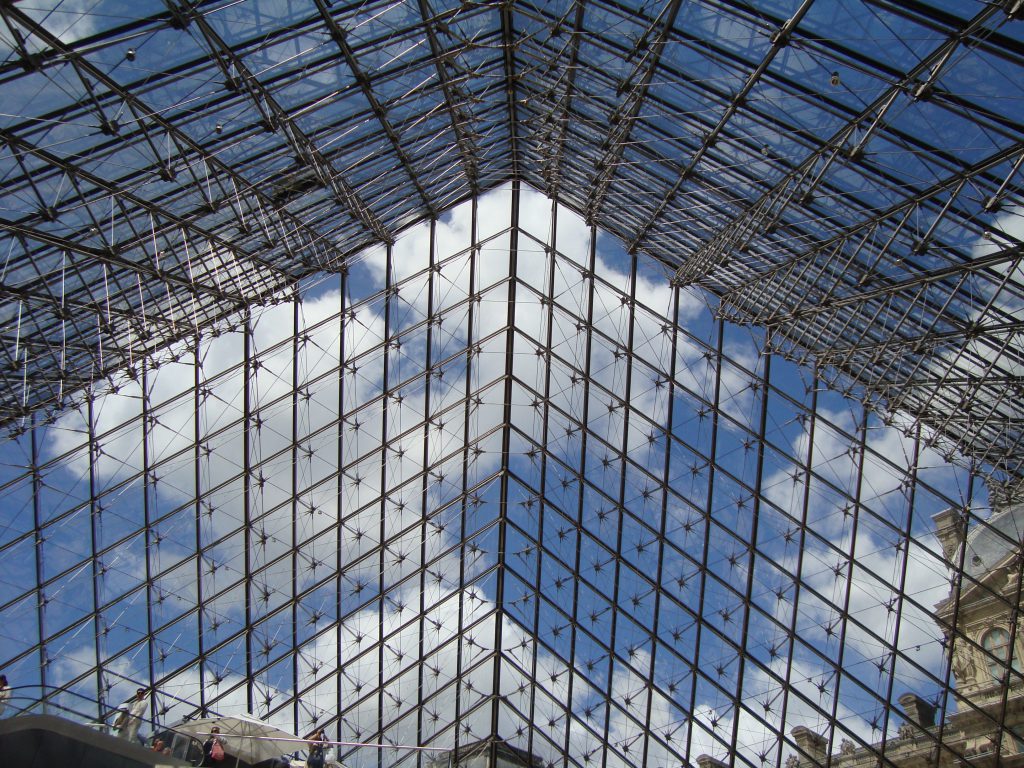
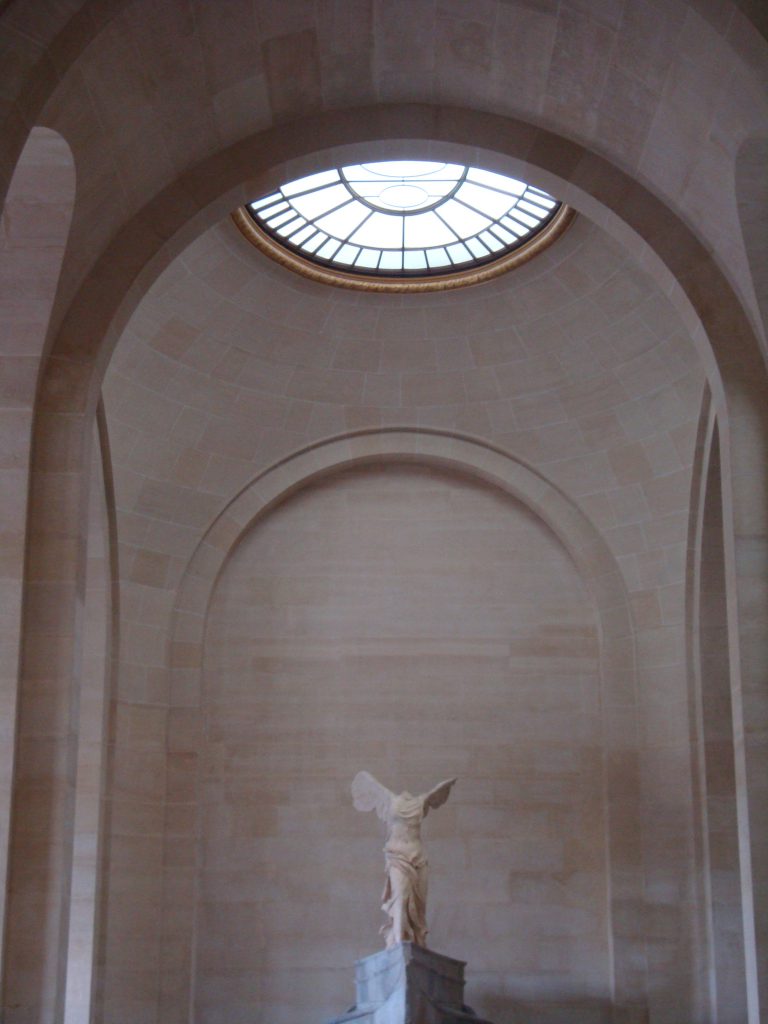
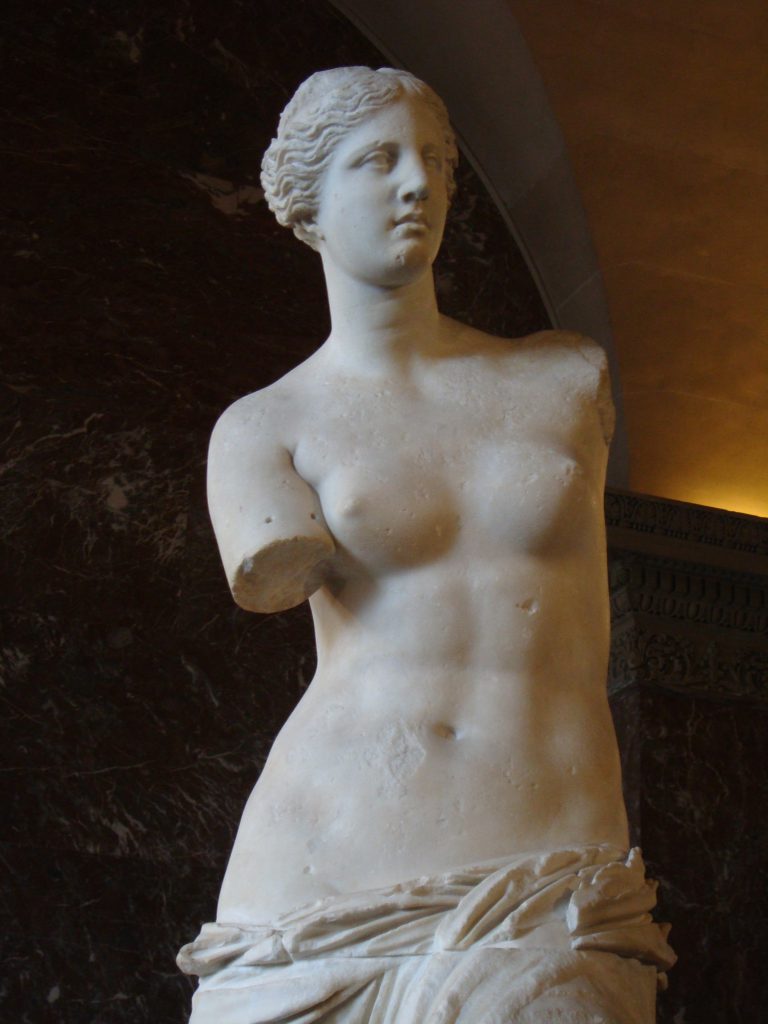
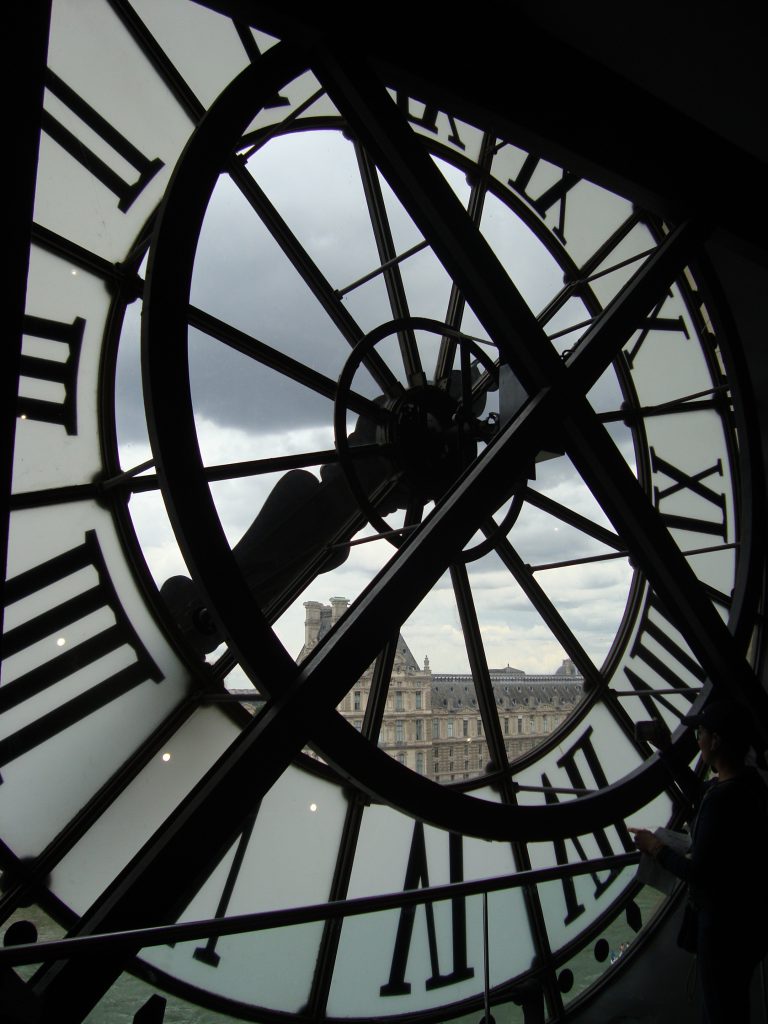
In week two, I got more comfortable being in a new country and not speaking French. After a few faux pas during my first full day in Paris, I hectically researched etiquette for American tourists so that I could present myself in the best way possible and be as polite as can be to the locals around me. Surprisingly, my basic knowledge of the French language came back very quickly, and I was starting to recognize words and phrases. I was starting to know enough French to get around safely, to speak politely and confidently (albeit with a terrible American accent) to those around me, and to hear words and phrases and match them maps, signs, and storefronts. The language was still a barrier, but I felt more confident than I did when I stepped off the plane in Paris.
During week two, we visited the Luxembourg Gardens, took a day trip to Normandy, went on a walking tour centered on Black American Culture in Paris, and visited the Rodin Museum. The Luxembourg Gardens were beautiful, and it was a great experience to hear everyone’s thoughts on the trip so far, as well as the readings we did prior to the trip. Learning more about American Writers in Paris provided beneficial context to what we had seen so far and what was coming up for the next week.
Our visit to Normandy, a region nestled in the northwesternmost part of France, was truly unforgettable. After visiting the Caen Memorial, we headed over to the American Cemetary. It was a solemn experience to stand in the rain while looking out across thousands and thousands of crosses and Stars of David and think about the Americans who made the ultimate sacrifice for their country.
The next day, we met for a walking tour with Le Paris Noir’s Kevi Donat and learned more about Black American Culture in Paris, as well as modern Black culture in Paris. Kevi provided us with rich information and insights, tying Black history in Paris into present day experiences. This experience was vital in gaining a well-rounded and complex experience and understanding of Paris, and their ideas of what it means to be a Parisian.
In my free time in Paris, I had the opportunity to explore the city through my own lens and experience the city in a different way. When exploring Paris on my own, I discovered pockets vibrant communities sprinkled throughout the city. I had the opportunity to visit the famous Shakespeare and Company, Violette & Co. (a feminist bookshop), and Disneyland Paris. I also went on a sunset cruise down the Seine, and somehow it was timed perfectly enough that we cruised past the Eiffel Tower as it glittered and turned on. That was the moment I felt the true magic of Paris!
One neighborhood that stuck out to me was Montmartre. I stumbled into this neighborhood when seeking out the Moulin Rouge. First, I visited the Moulin Rouge since I had seen the musical when it was in Boston back in January. Then, I had some time before we had to meet for our walking tour. I wandered around a little and decided to visit Sacre Coeur. When I started my journey, I ran into a neighborhood church and entered. It was absolutely beautiful, and I spent some time appreciating the windows and pointed arches. Across from this church was the Wall of Love. I went into the garden, and admired it and enjoyed the greenery. Then I continued on my way to my original destination, Sacre Coeur.
I got very close, and then saw the large flight of stars I had to go up and over to continue my route. I gave up and turned around. Right next to me was a vintage shop with curated pieces with styles from the 1970s and 1980s. I wandered in and mindlessly browsed. I did find a vintage New England Patriots sweater! On my original route, I had passed a silver-by-the-pound shop. I browsed through this shop and ducked into another vintage shop to wait out the rain. Eventually it was time to head back towards the meeting point for our walking tour, and I passed a cute brunch cafe, which I saved and visited the next morning.
Our farewell dinner was quite the opposite of our welcome dinner. At this point, we had all gotten to know each other and eagerly listened as we shared stories about our days in Paris, and what we were looking forward to once we got home. It was a pleasant way to wrap up such a memorable and life-changing experience together.
